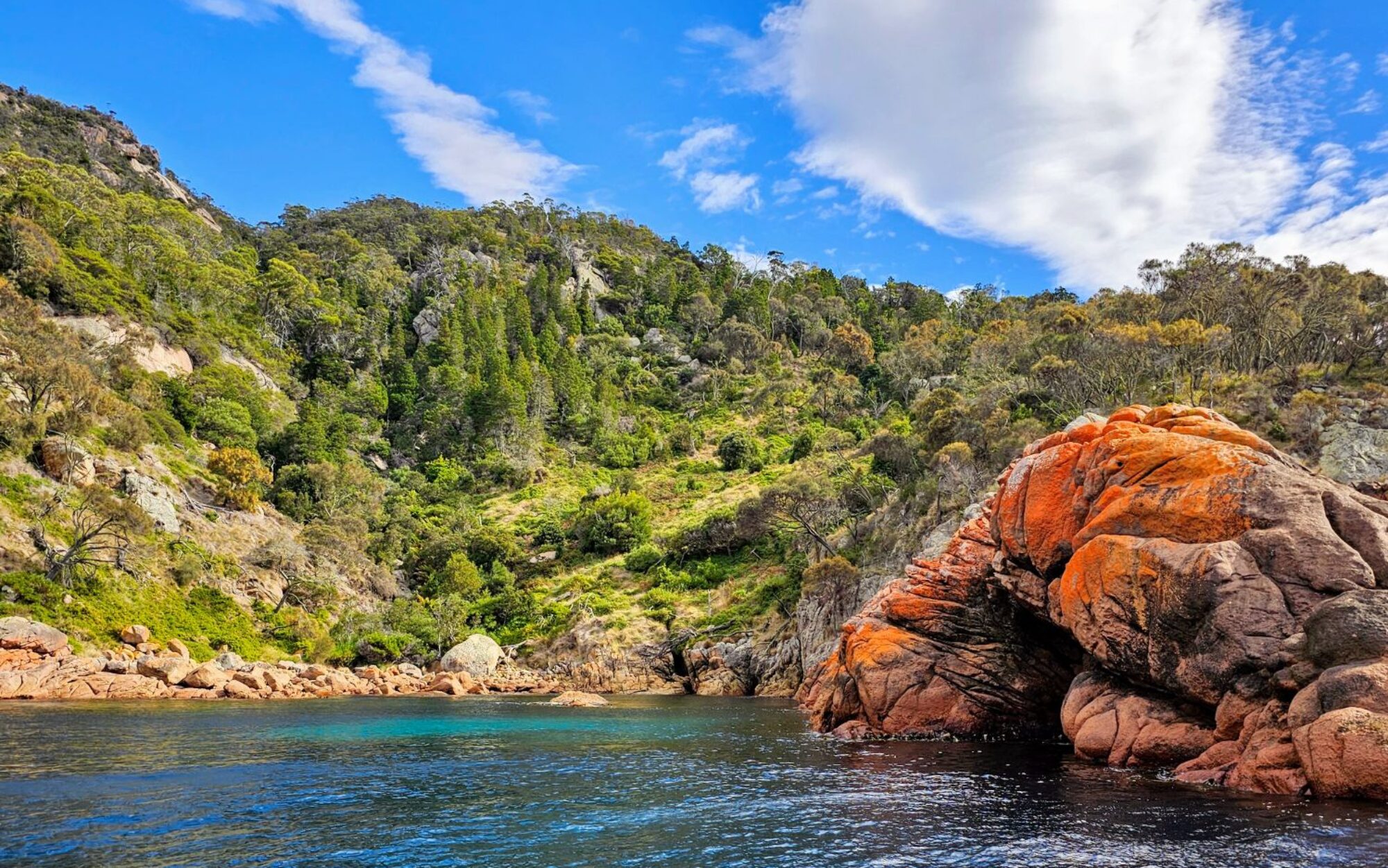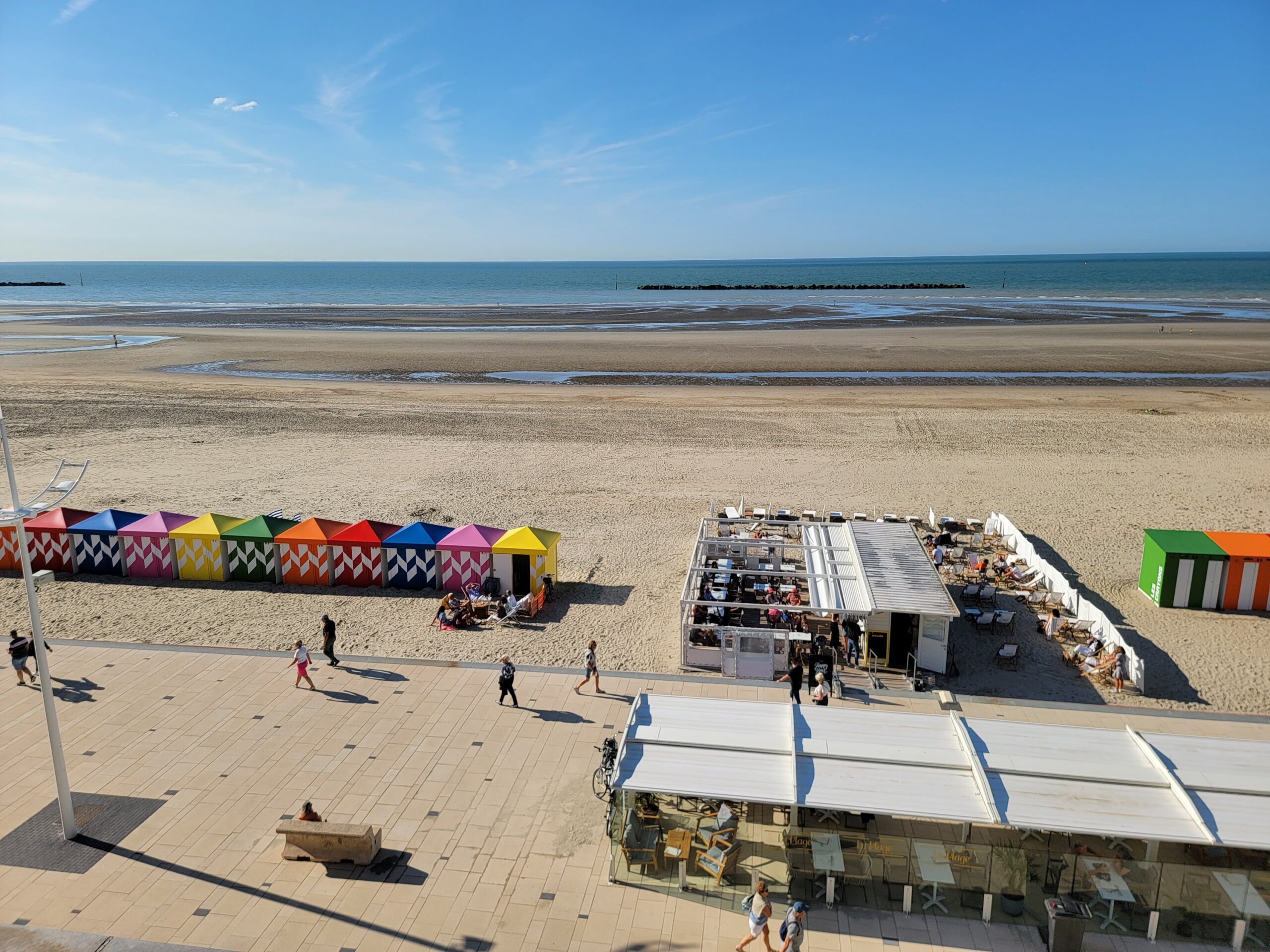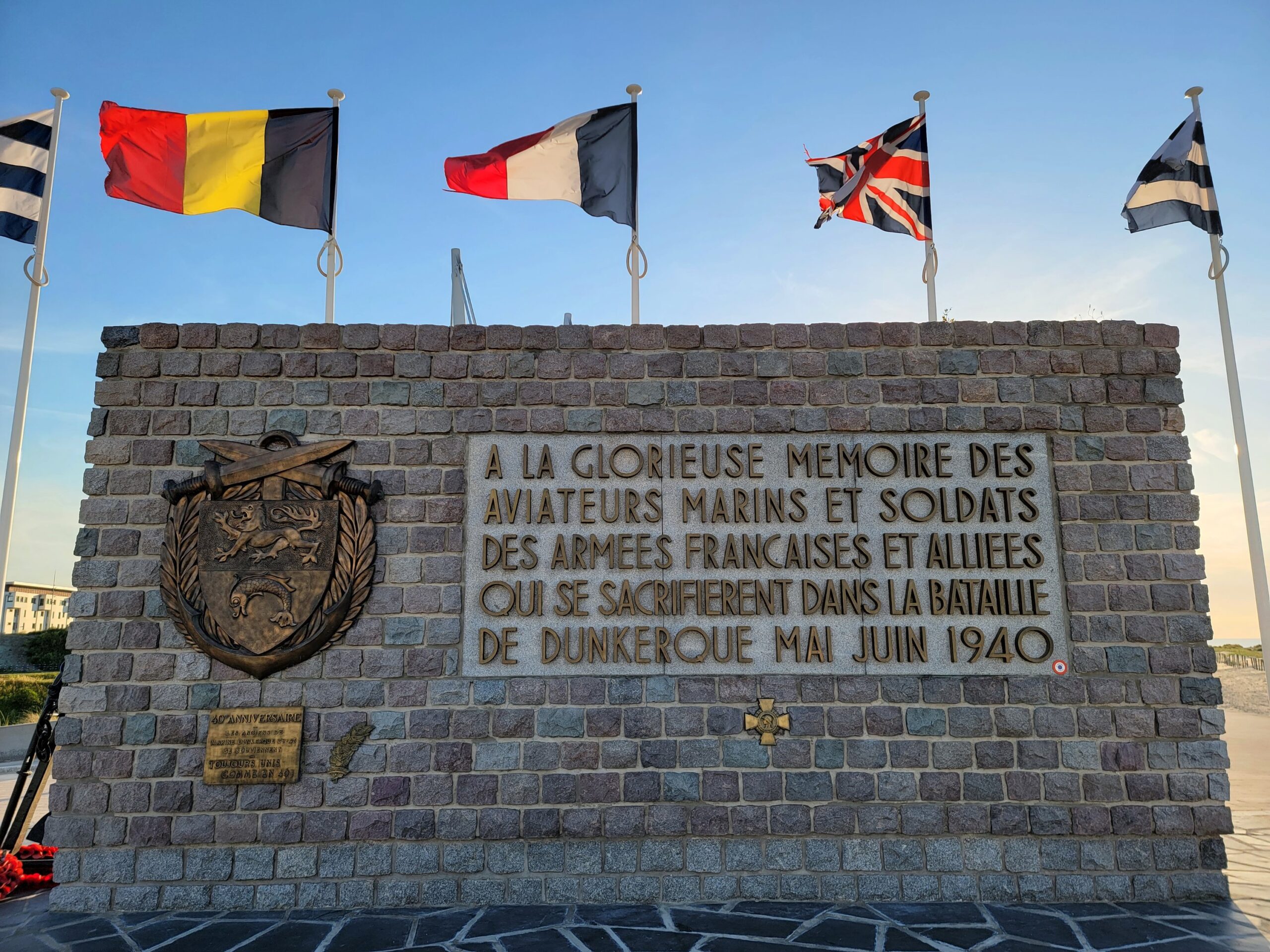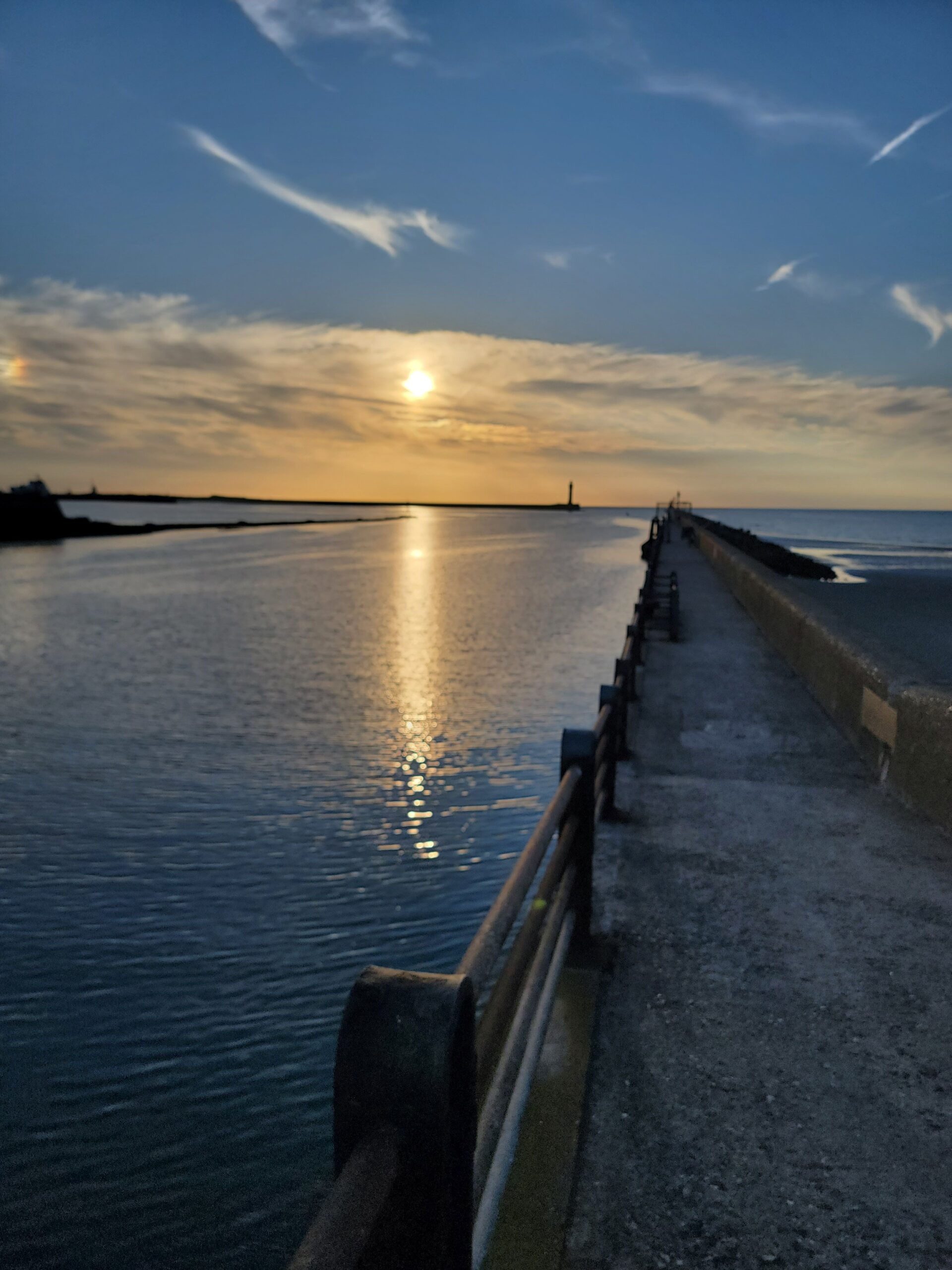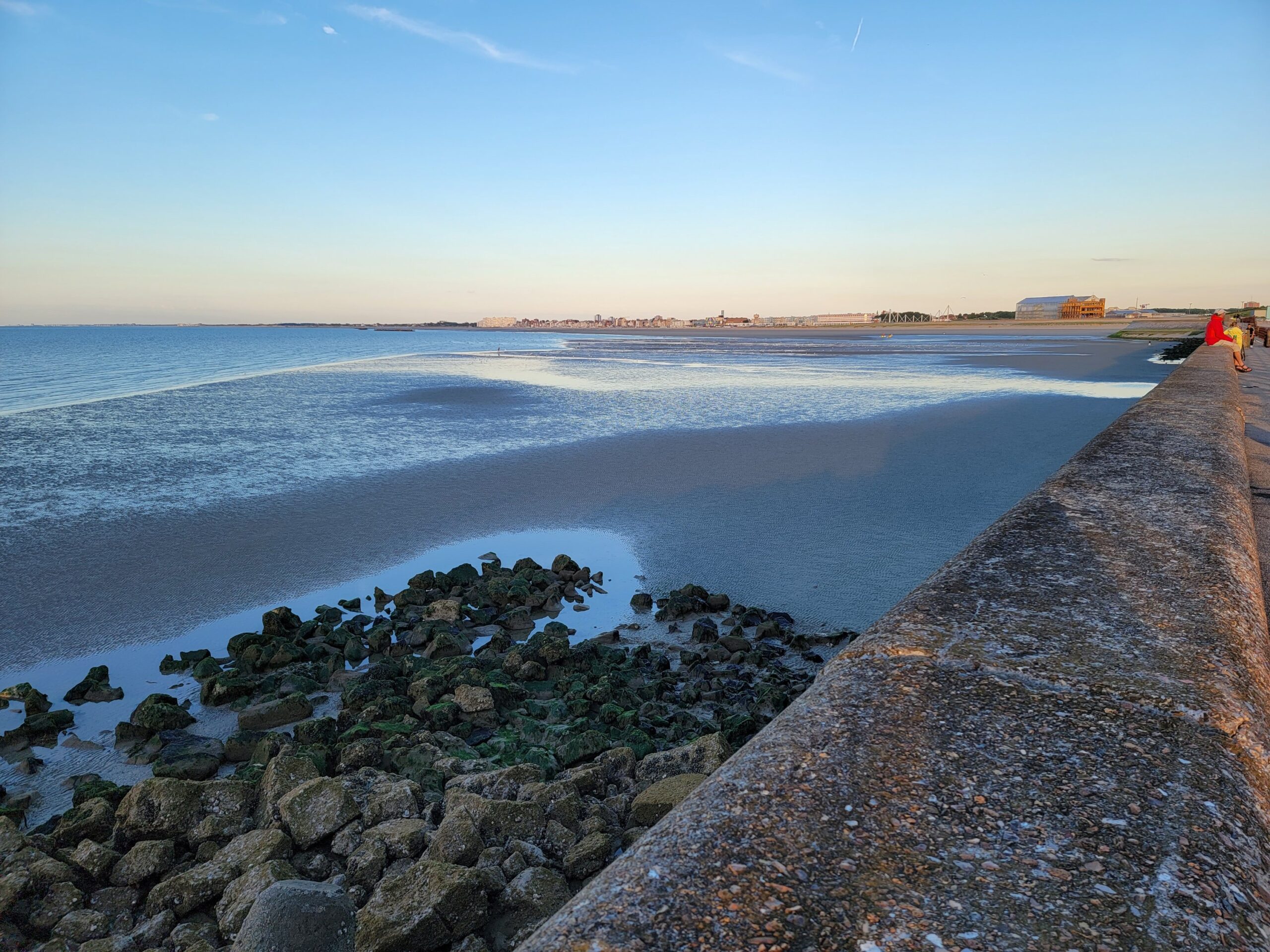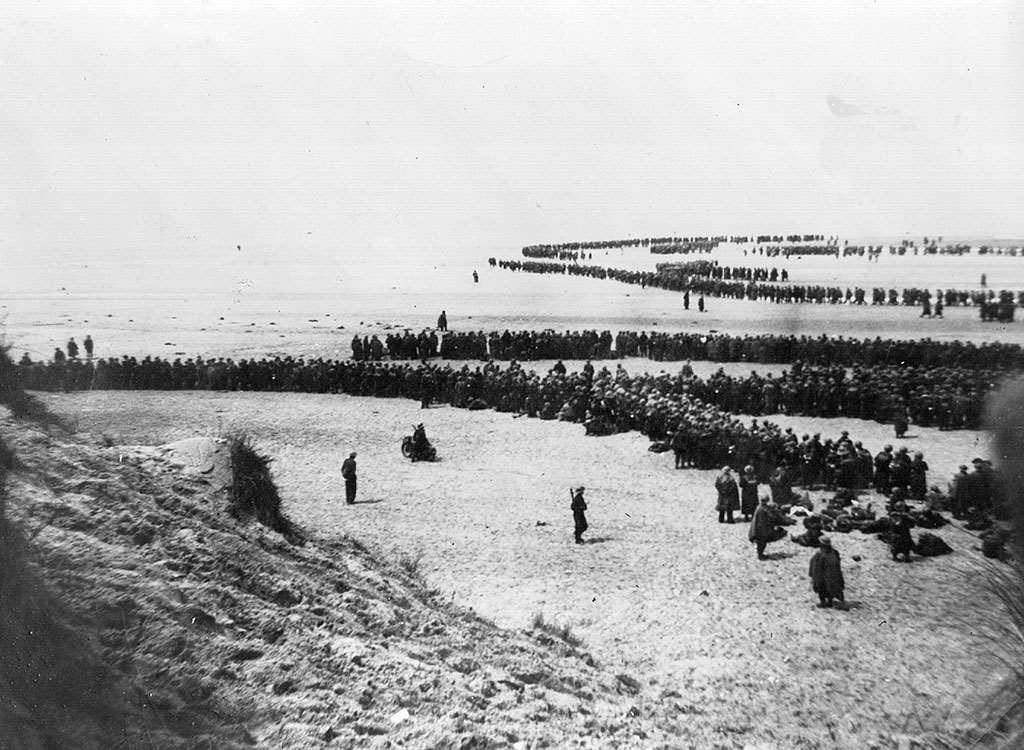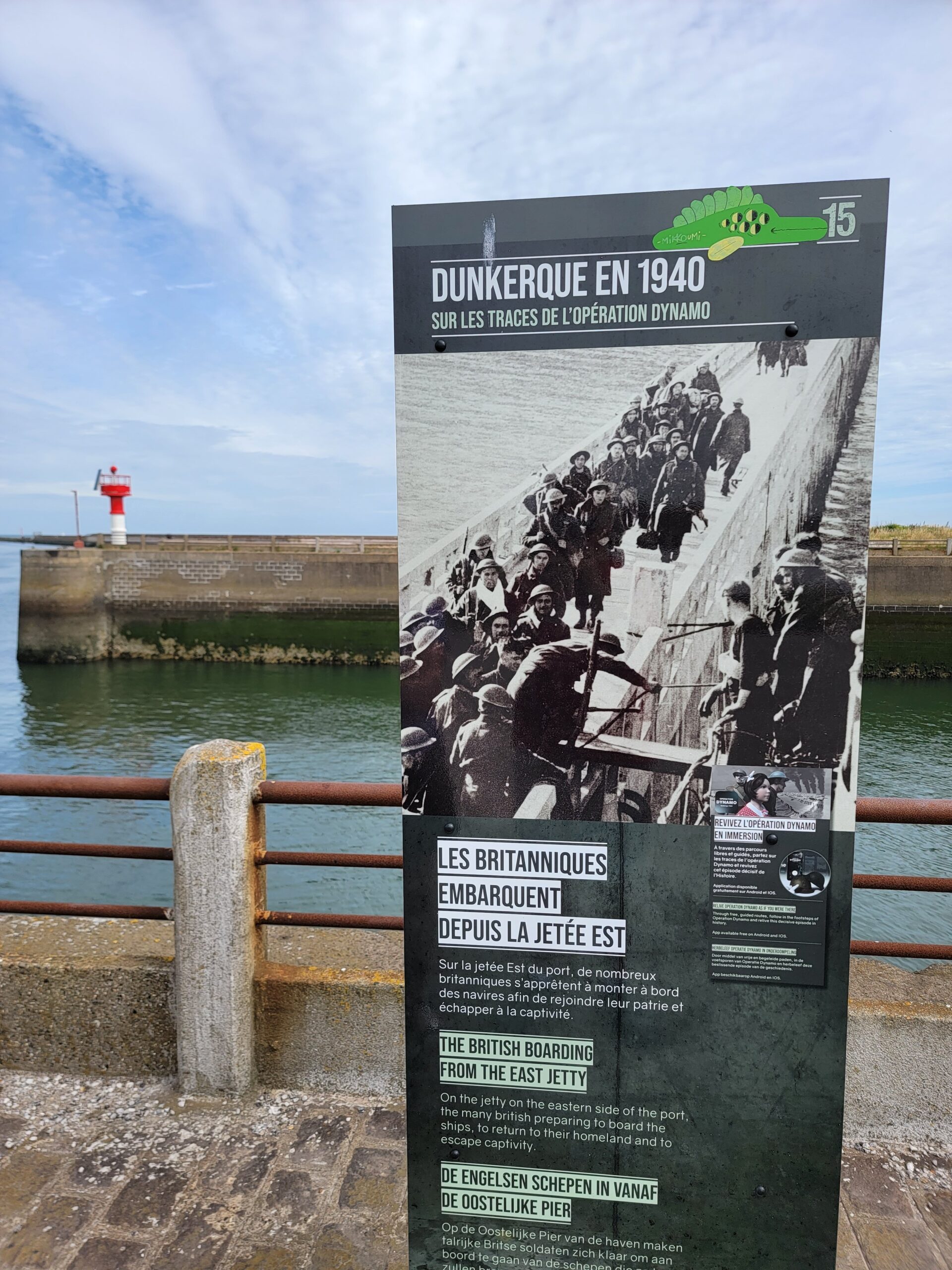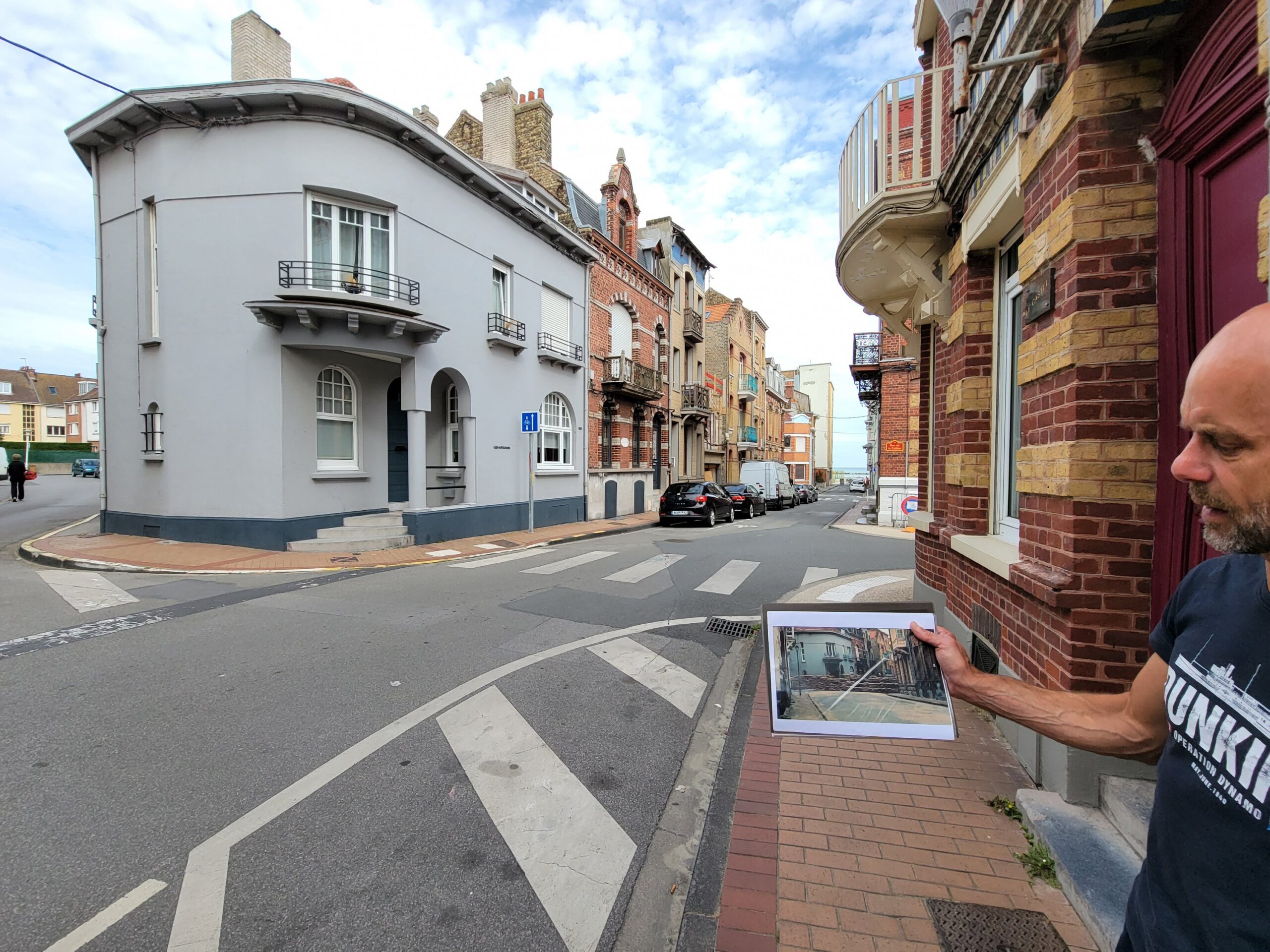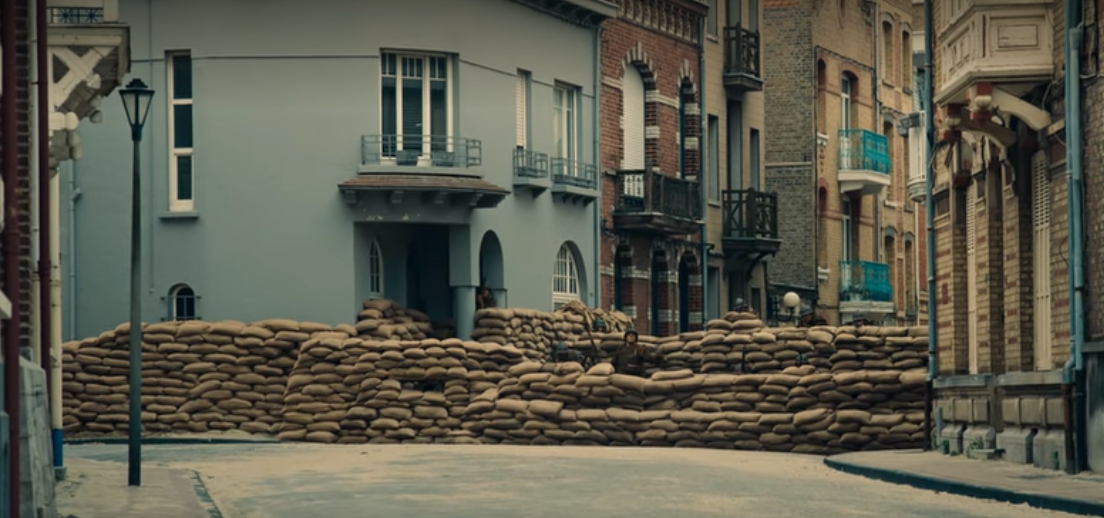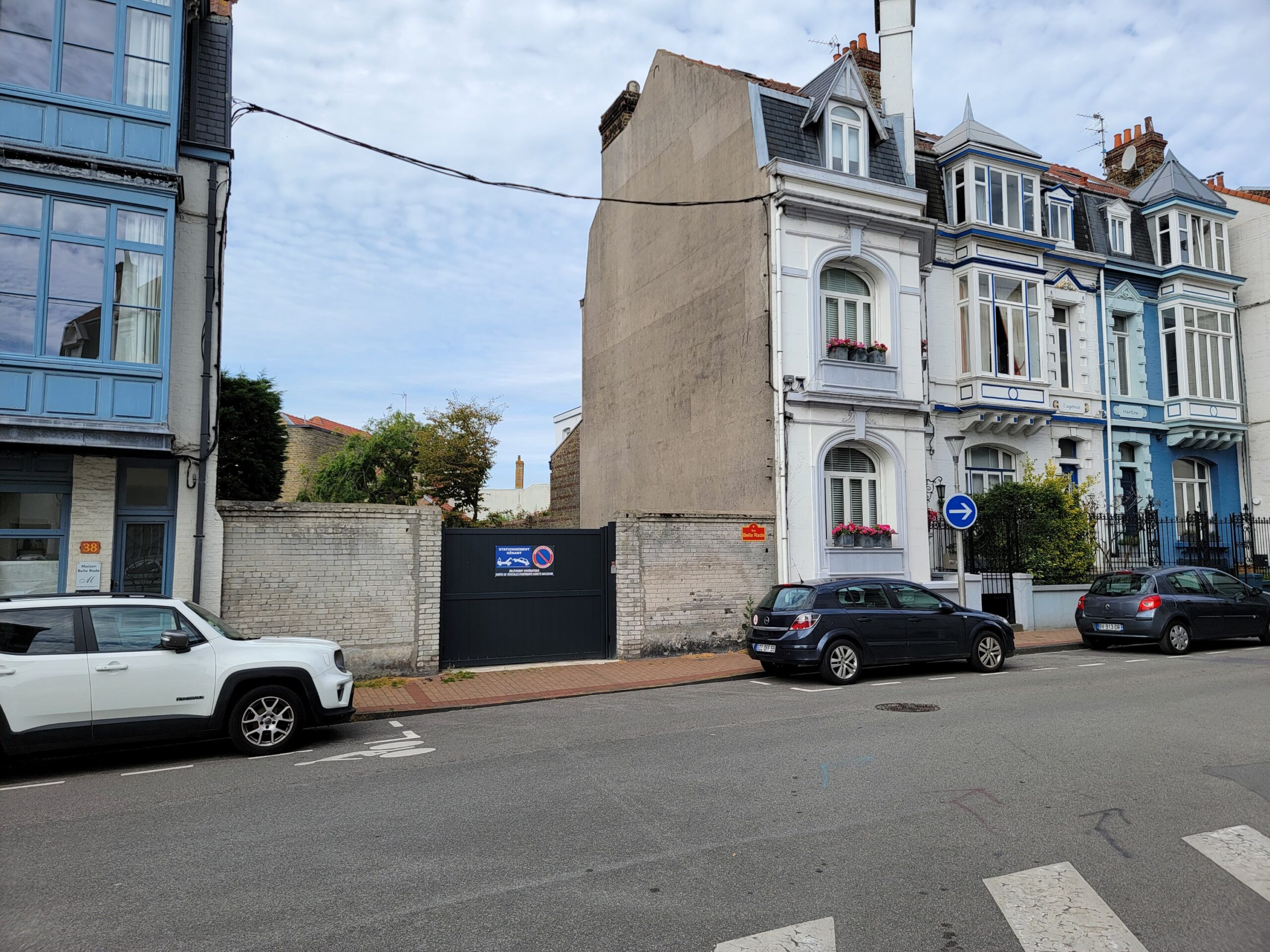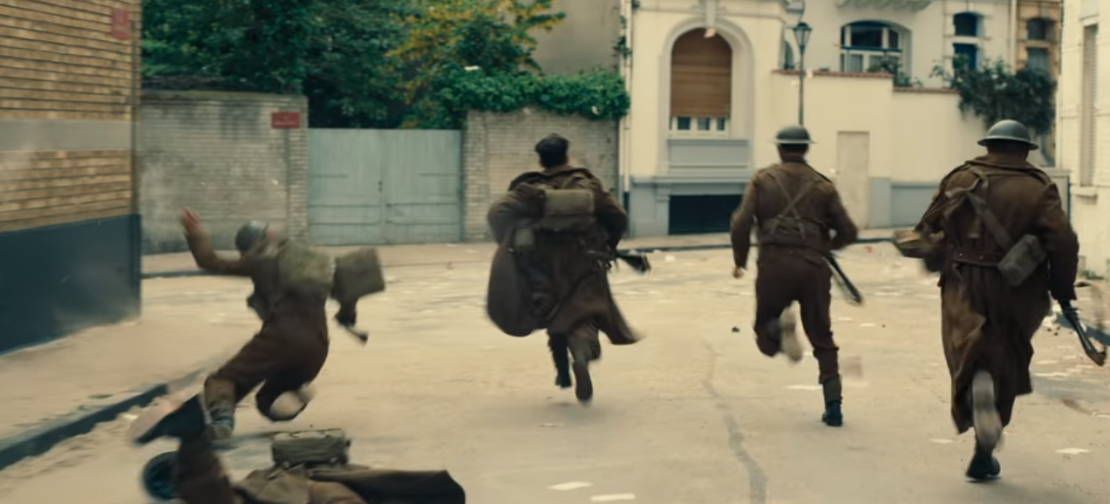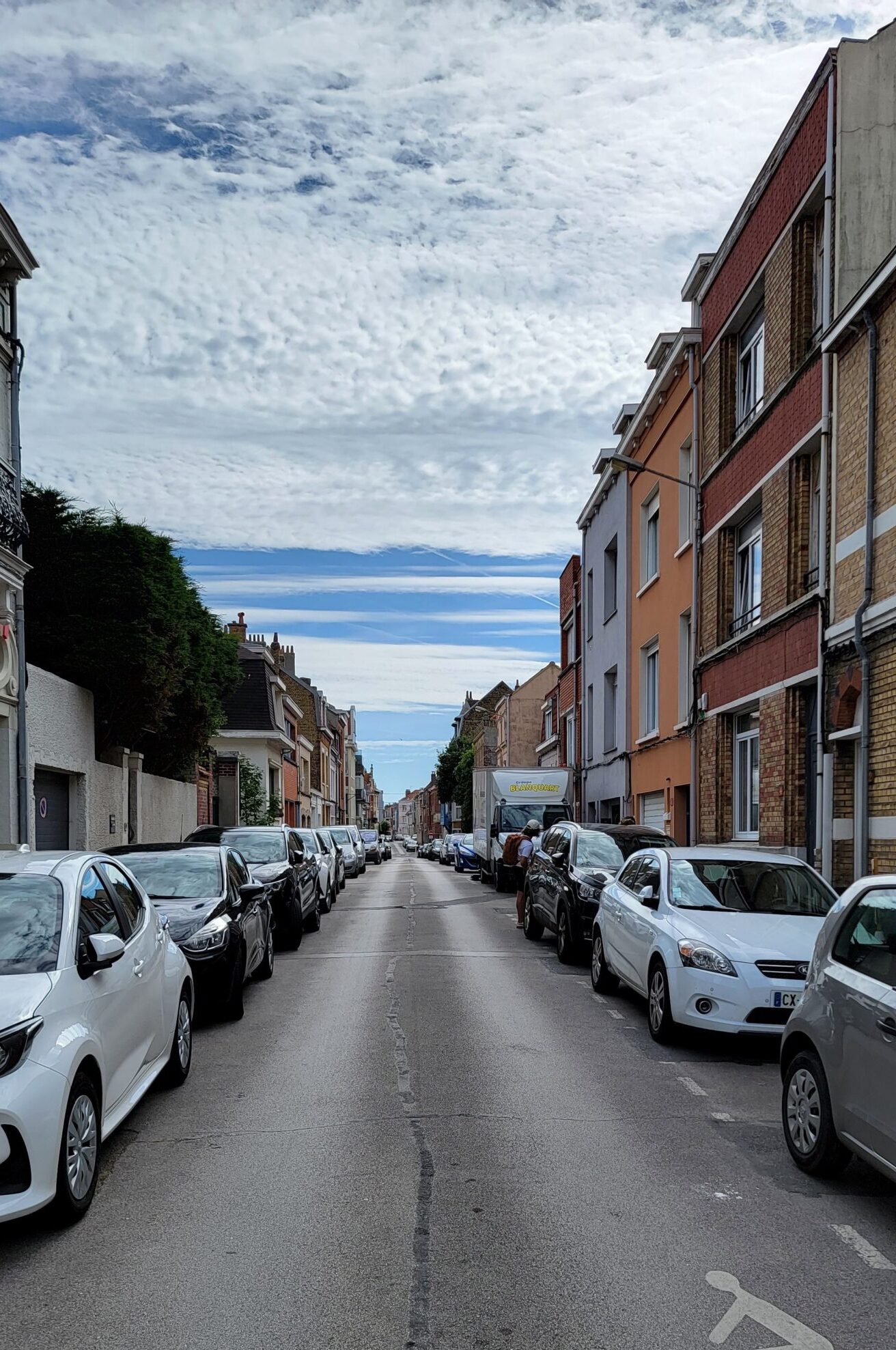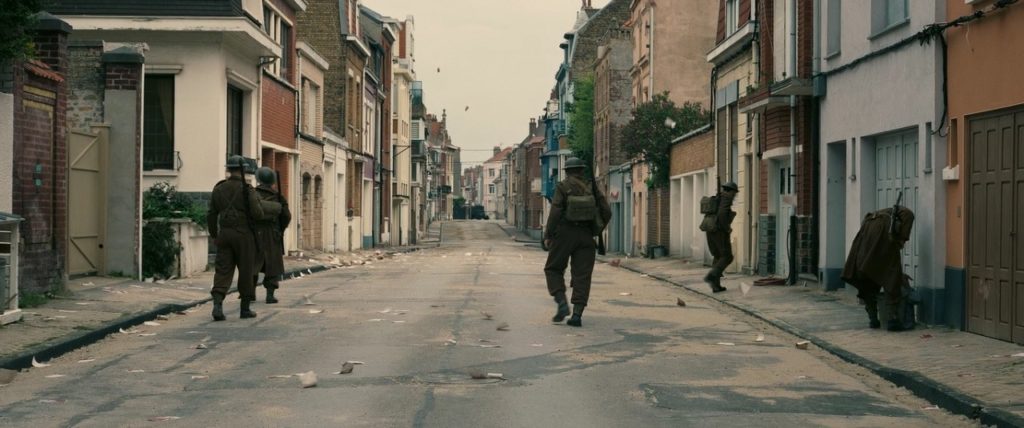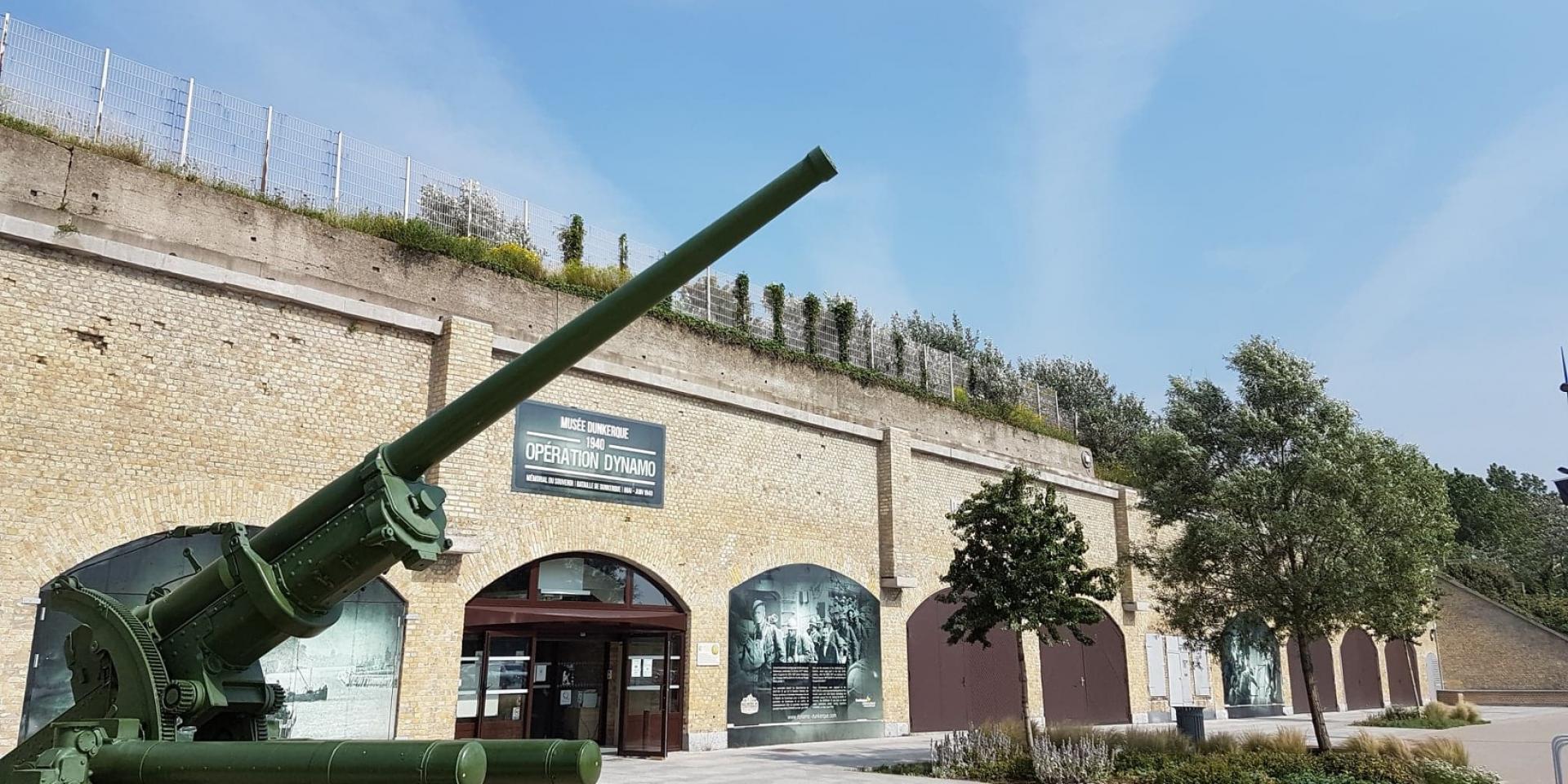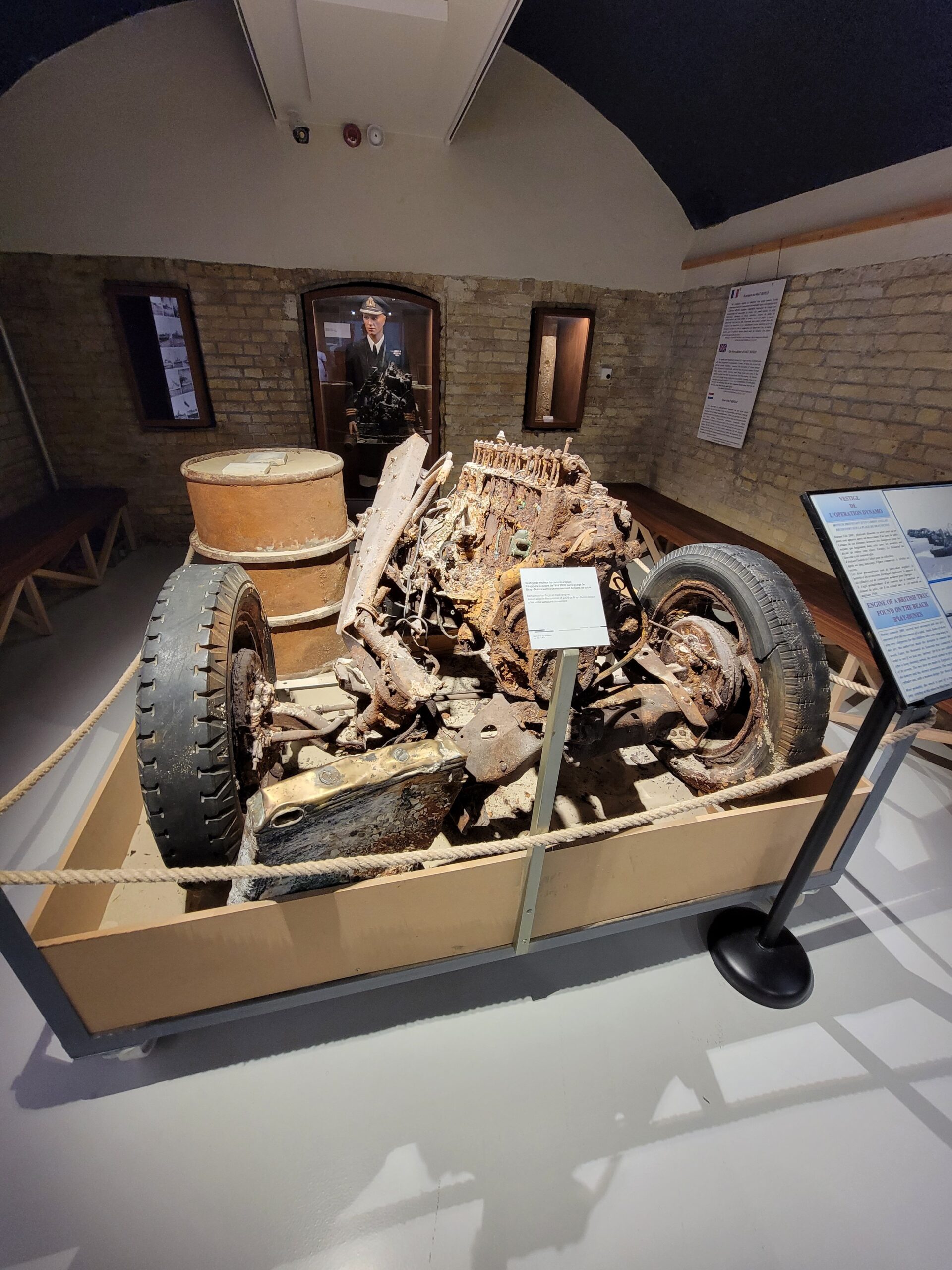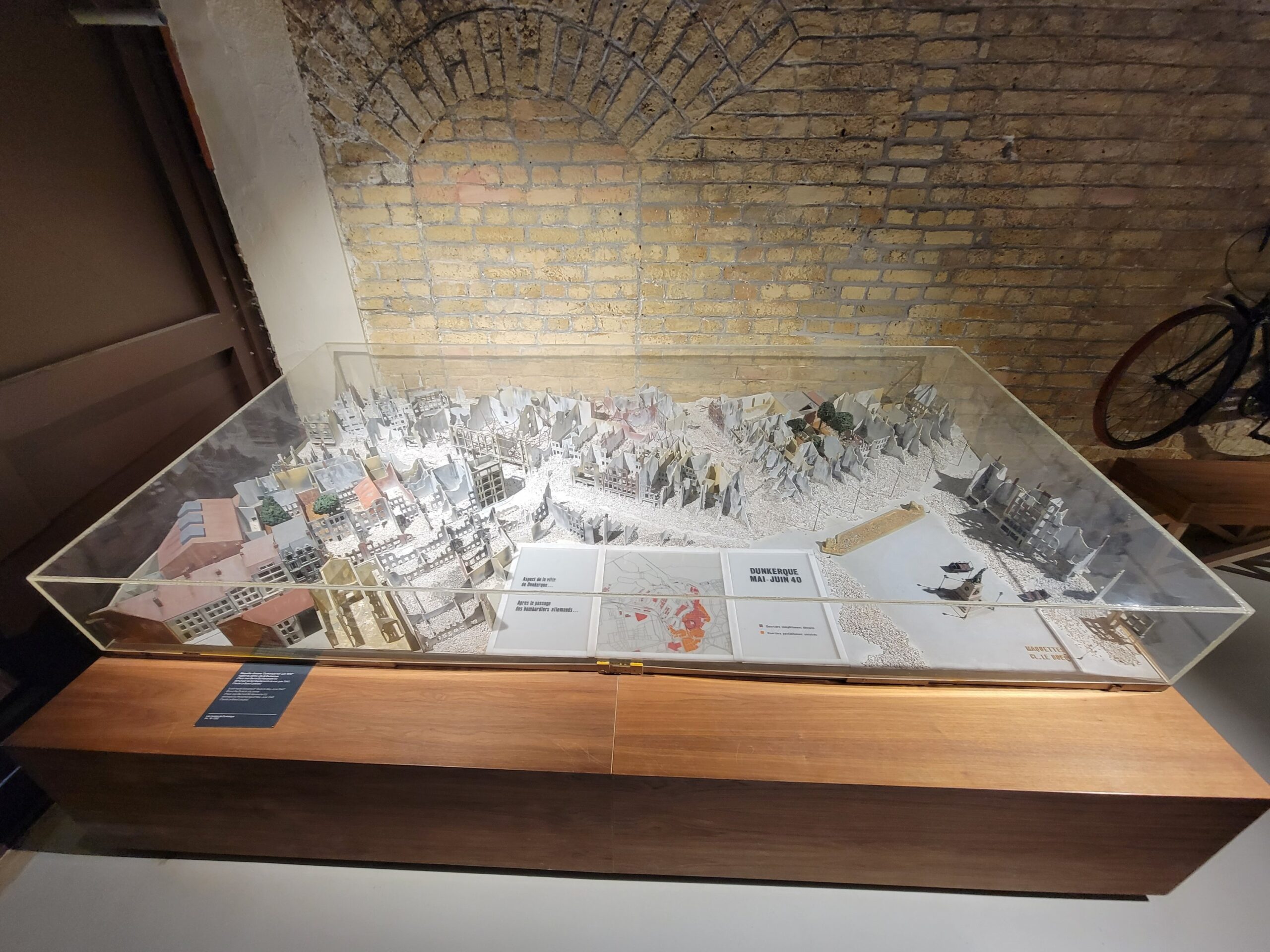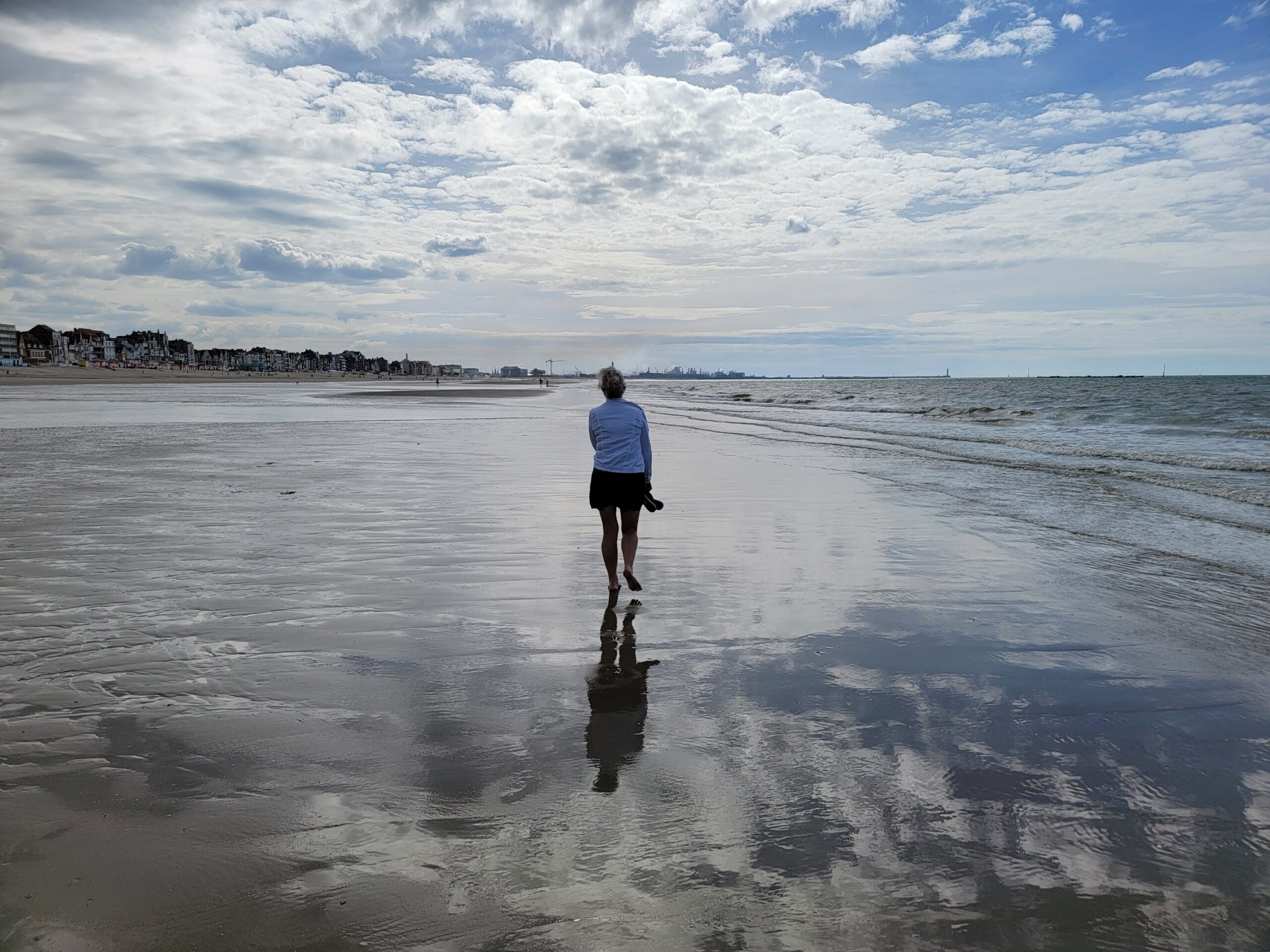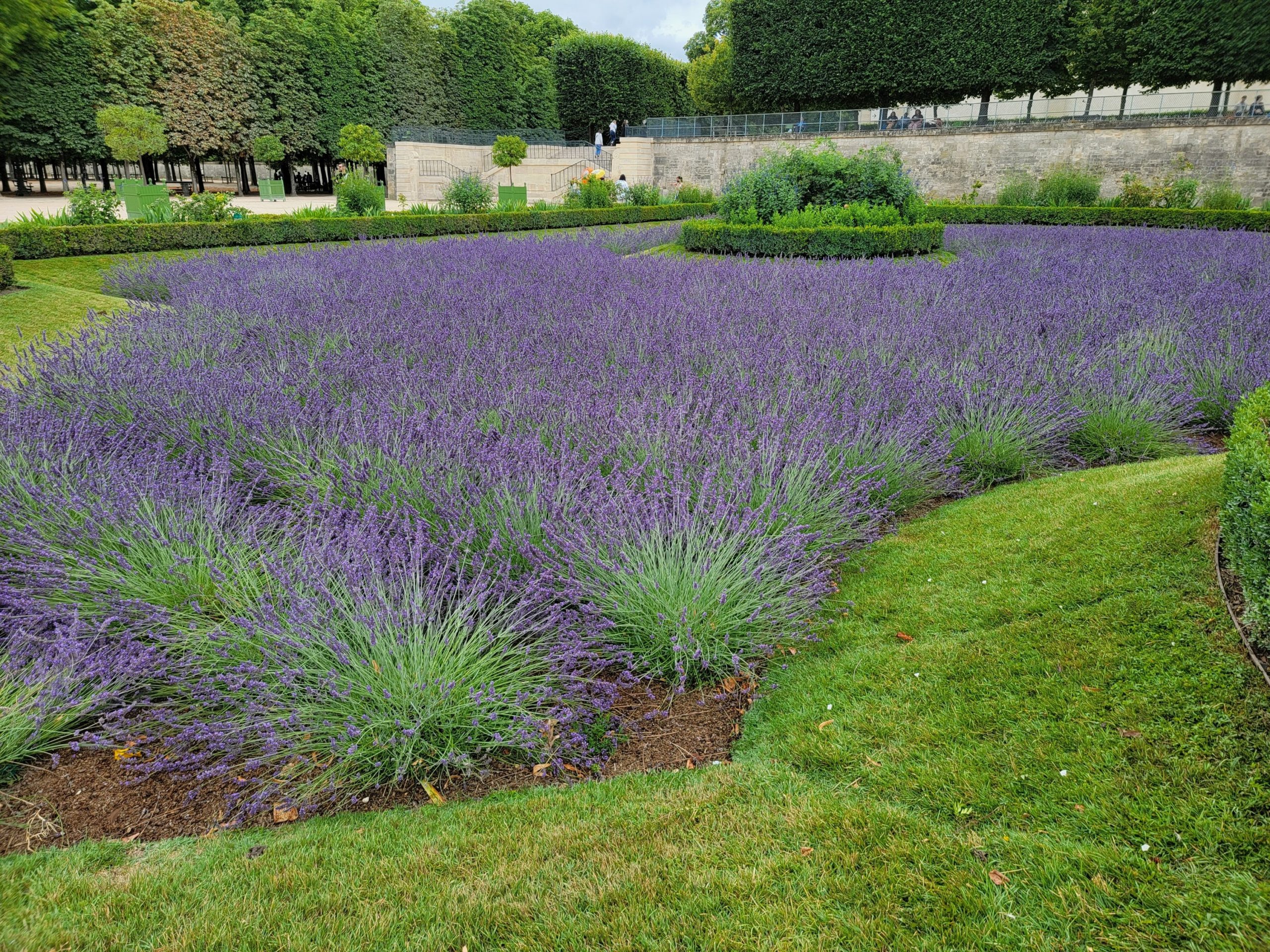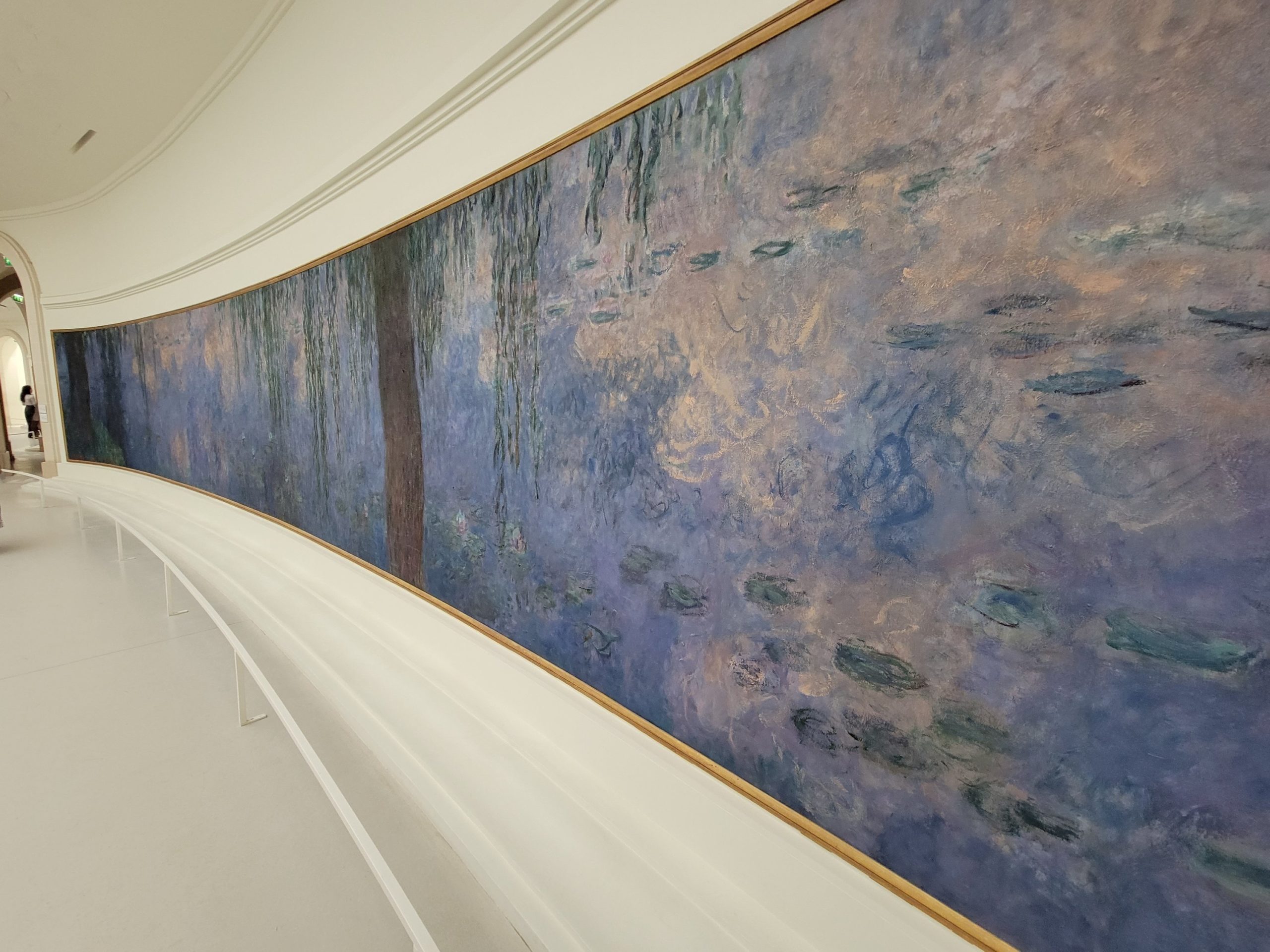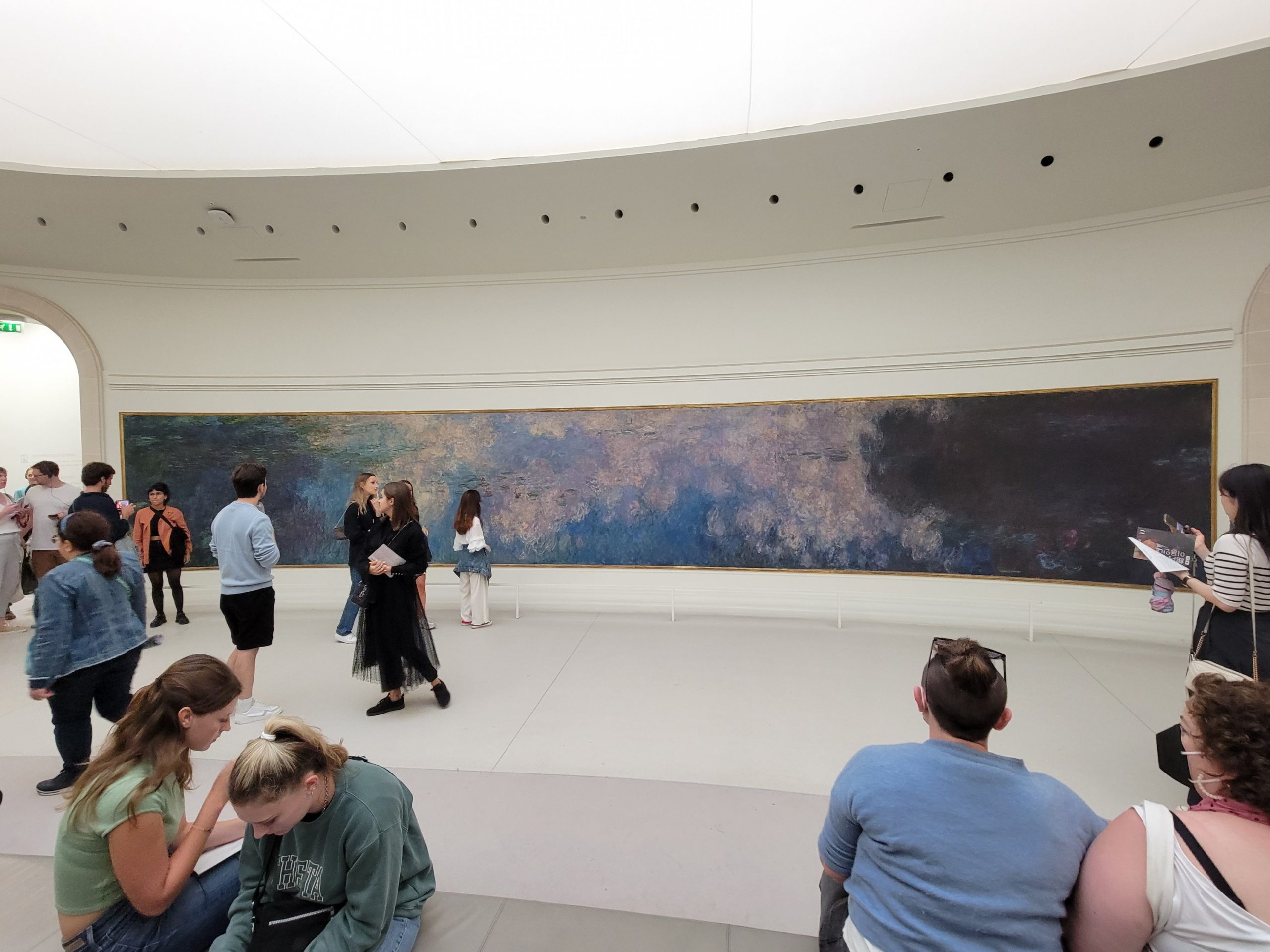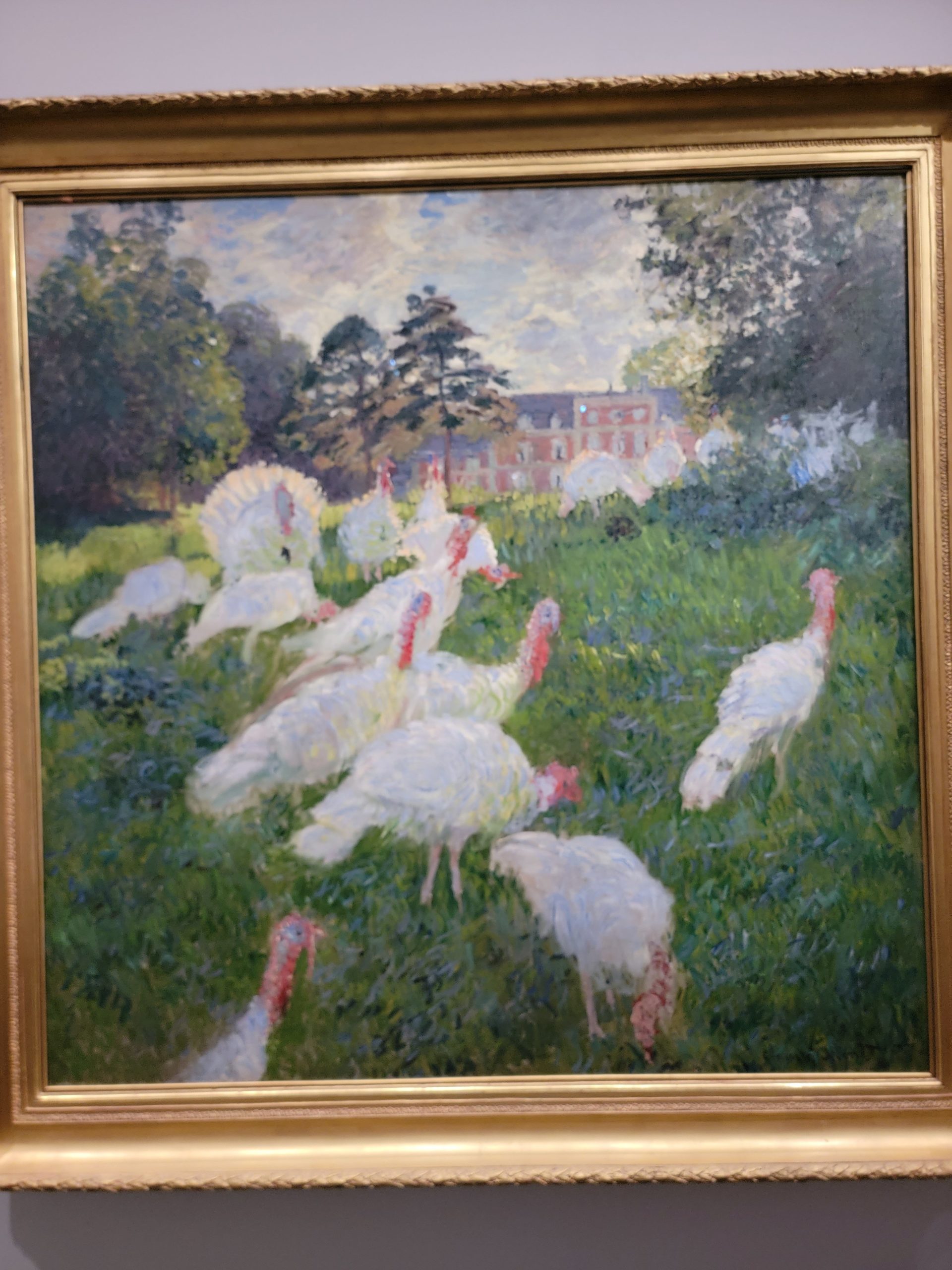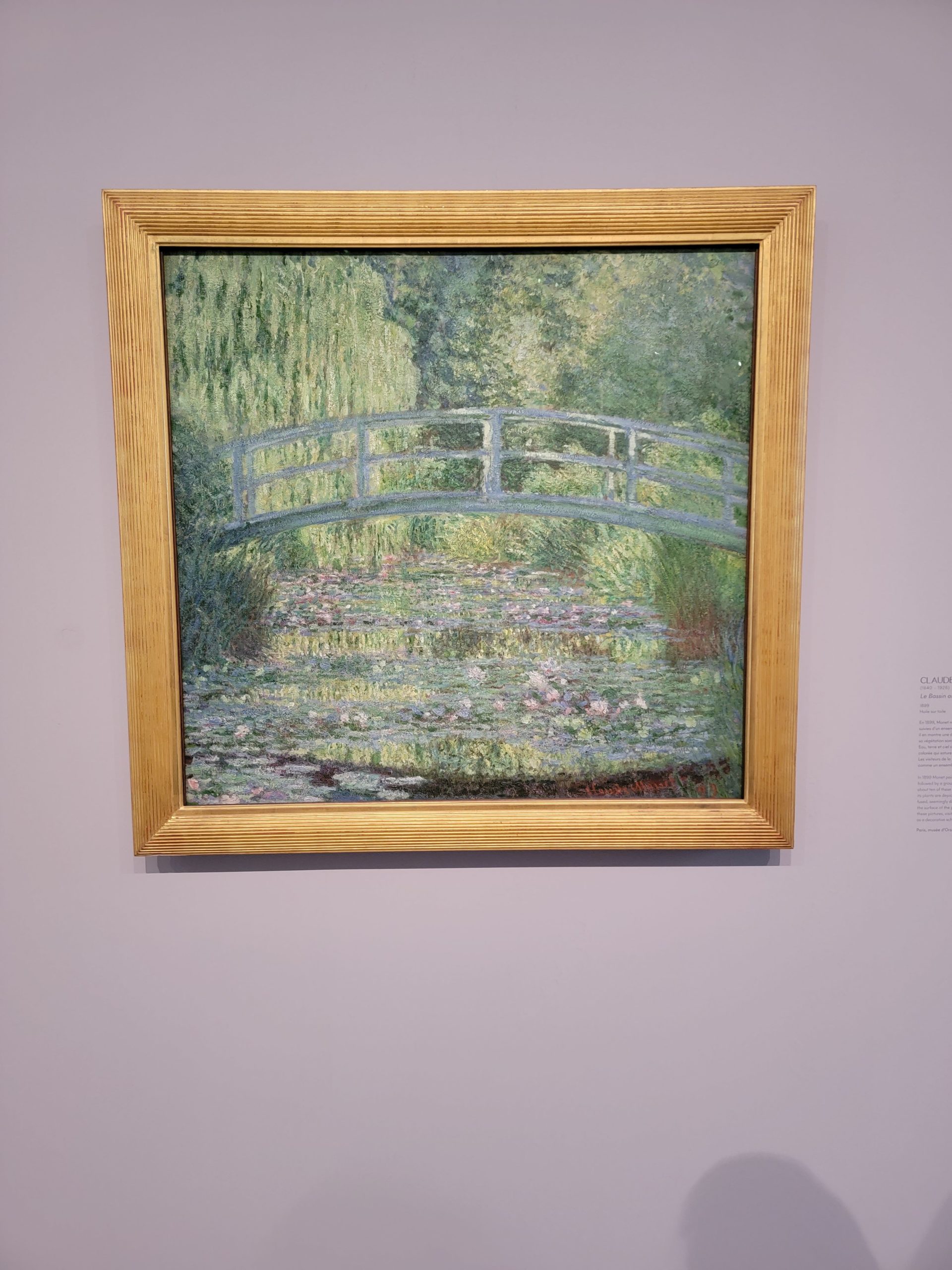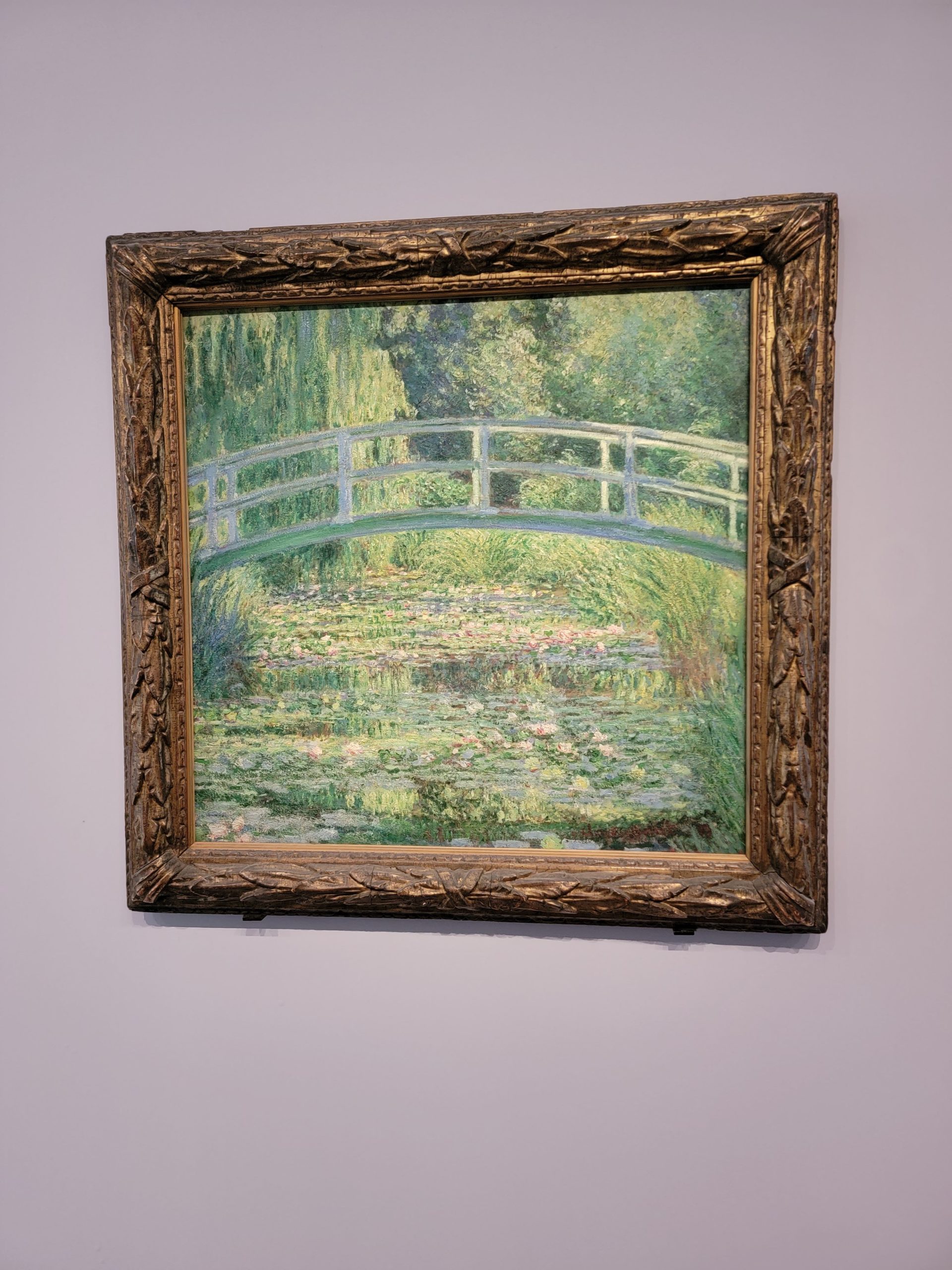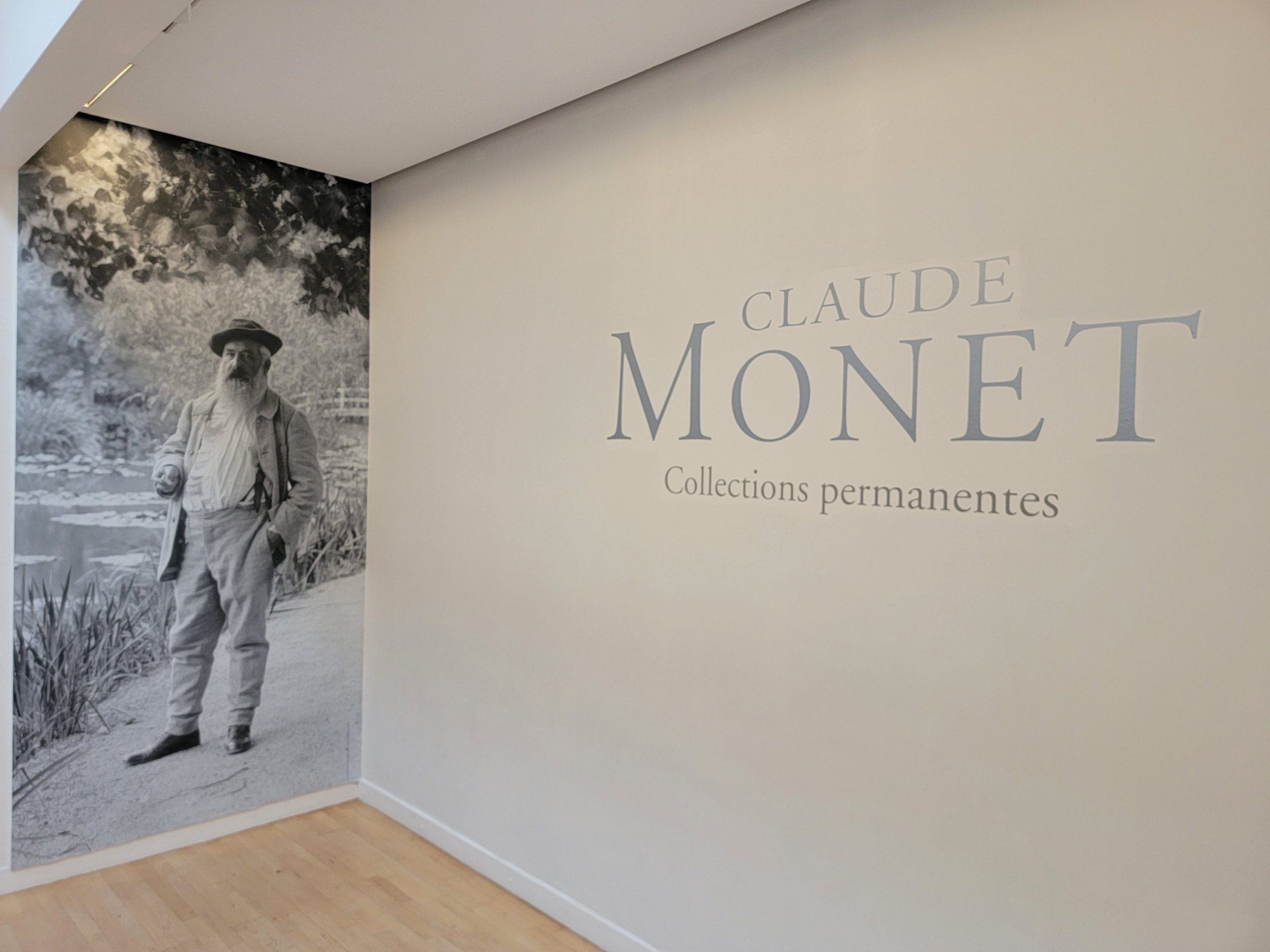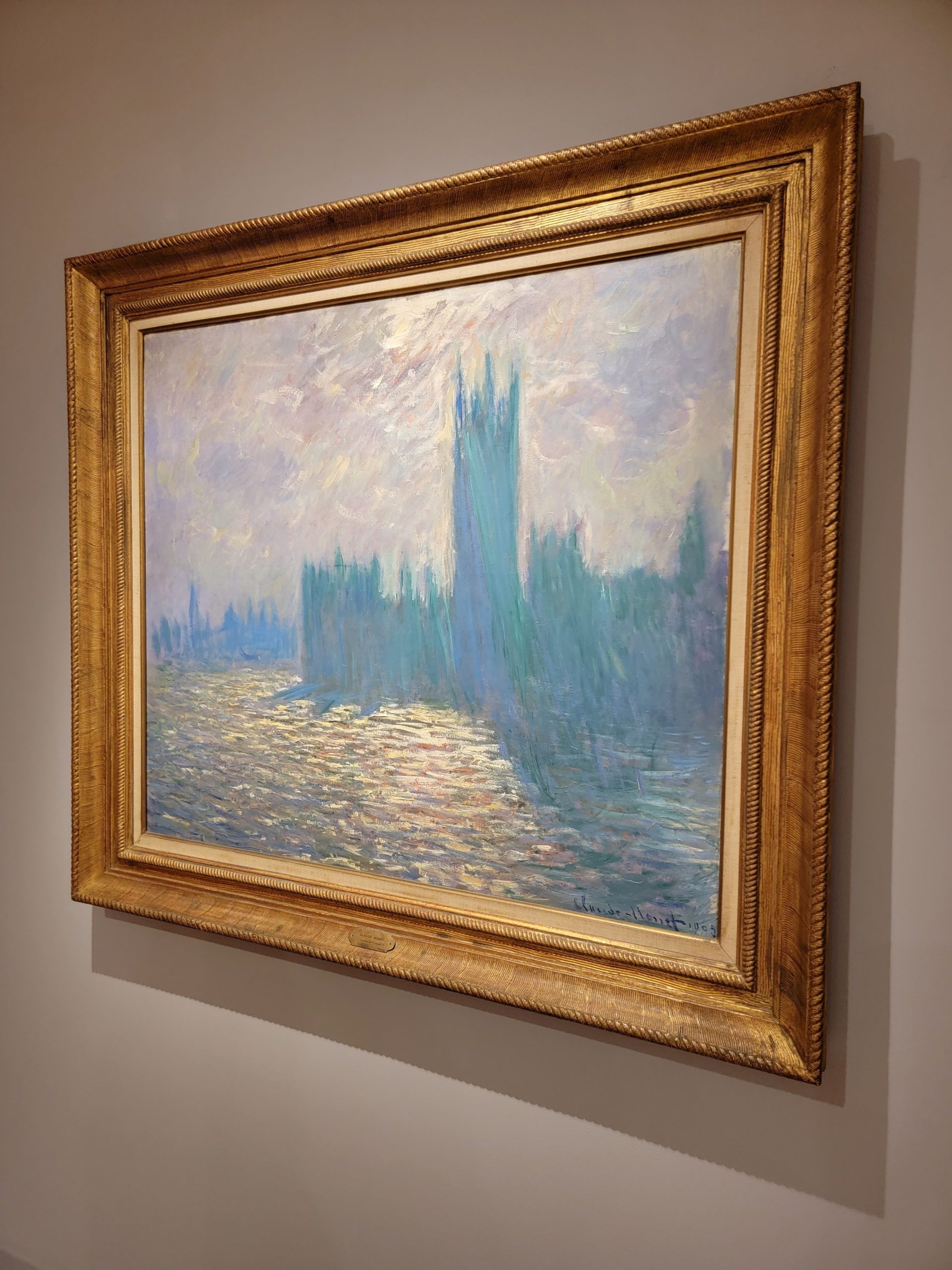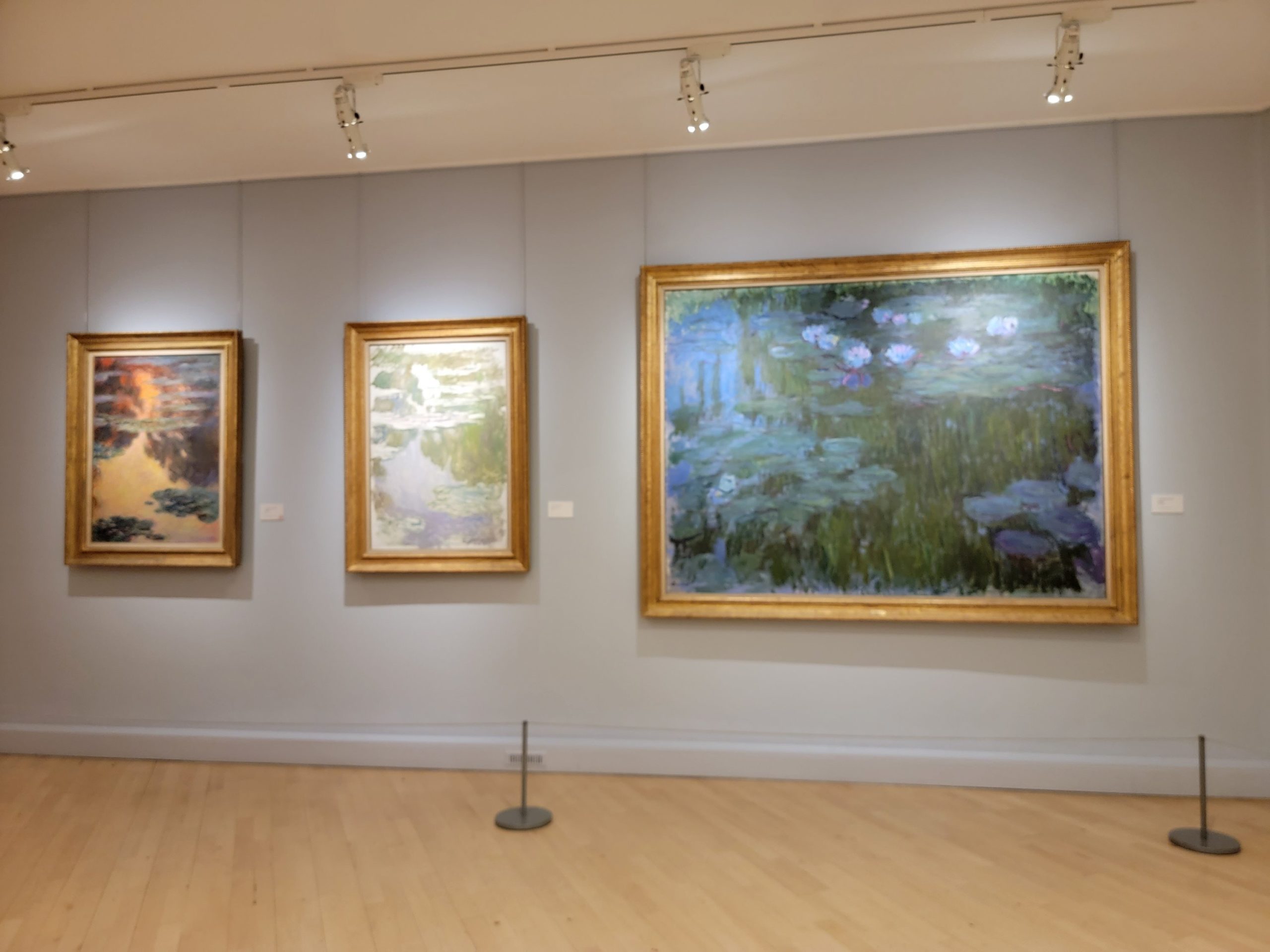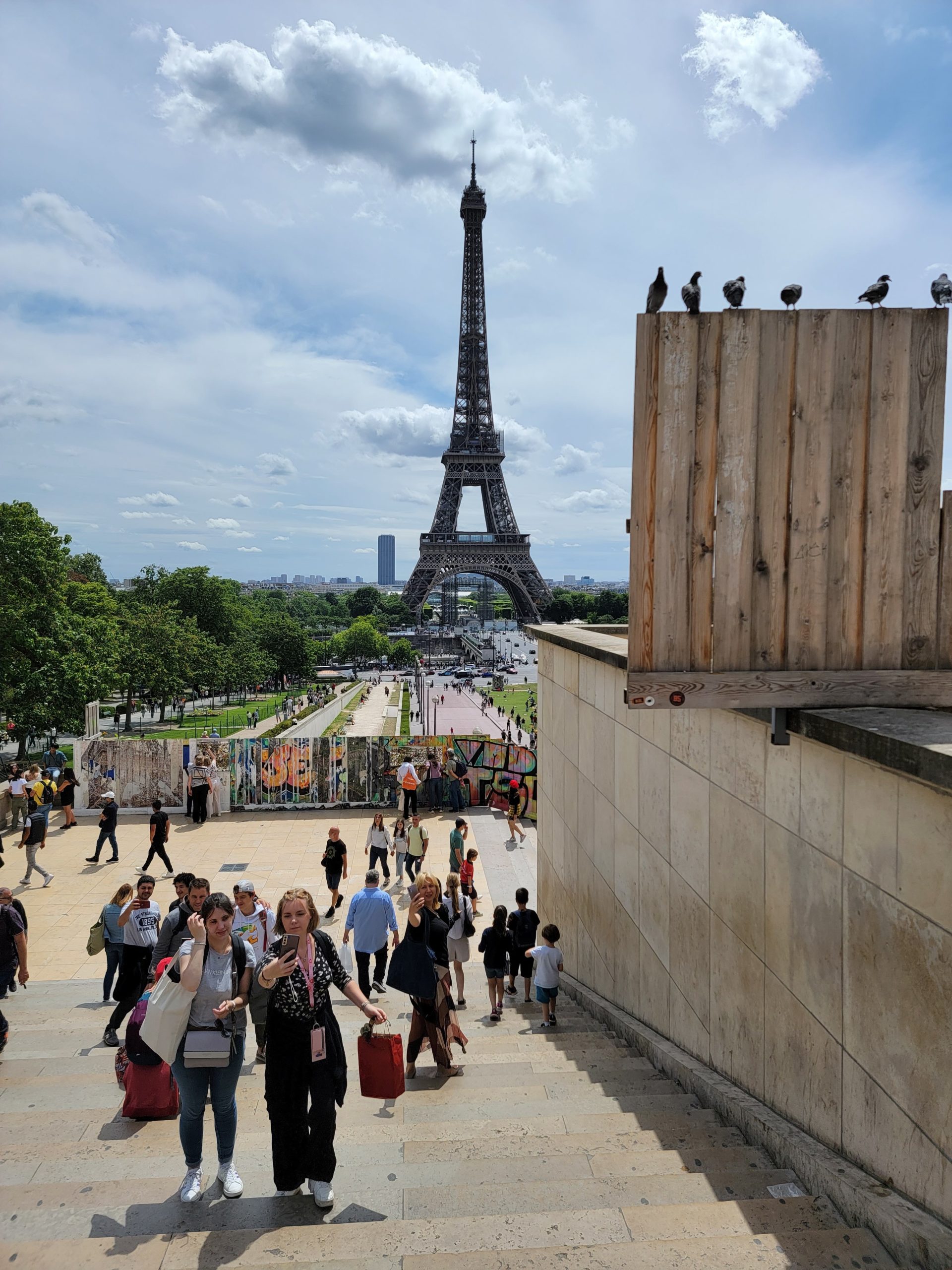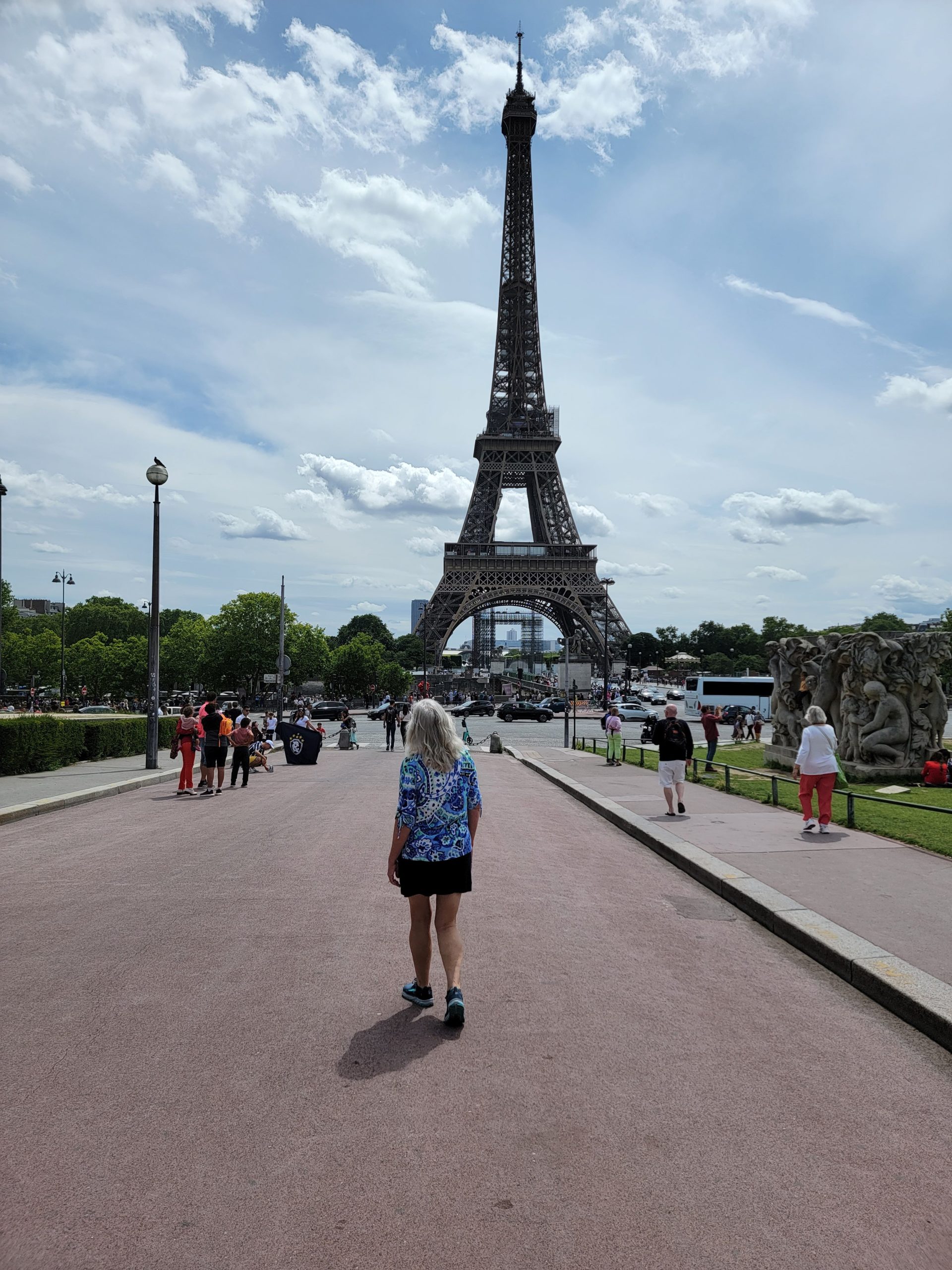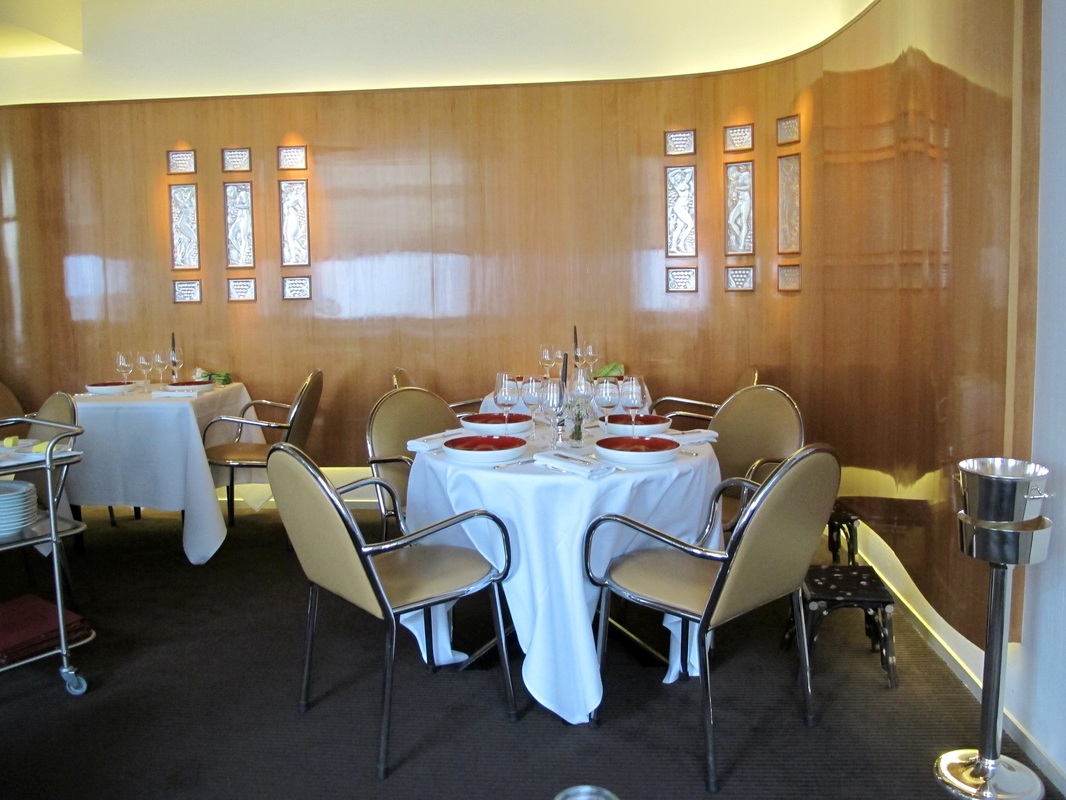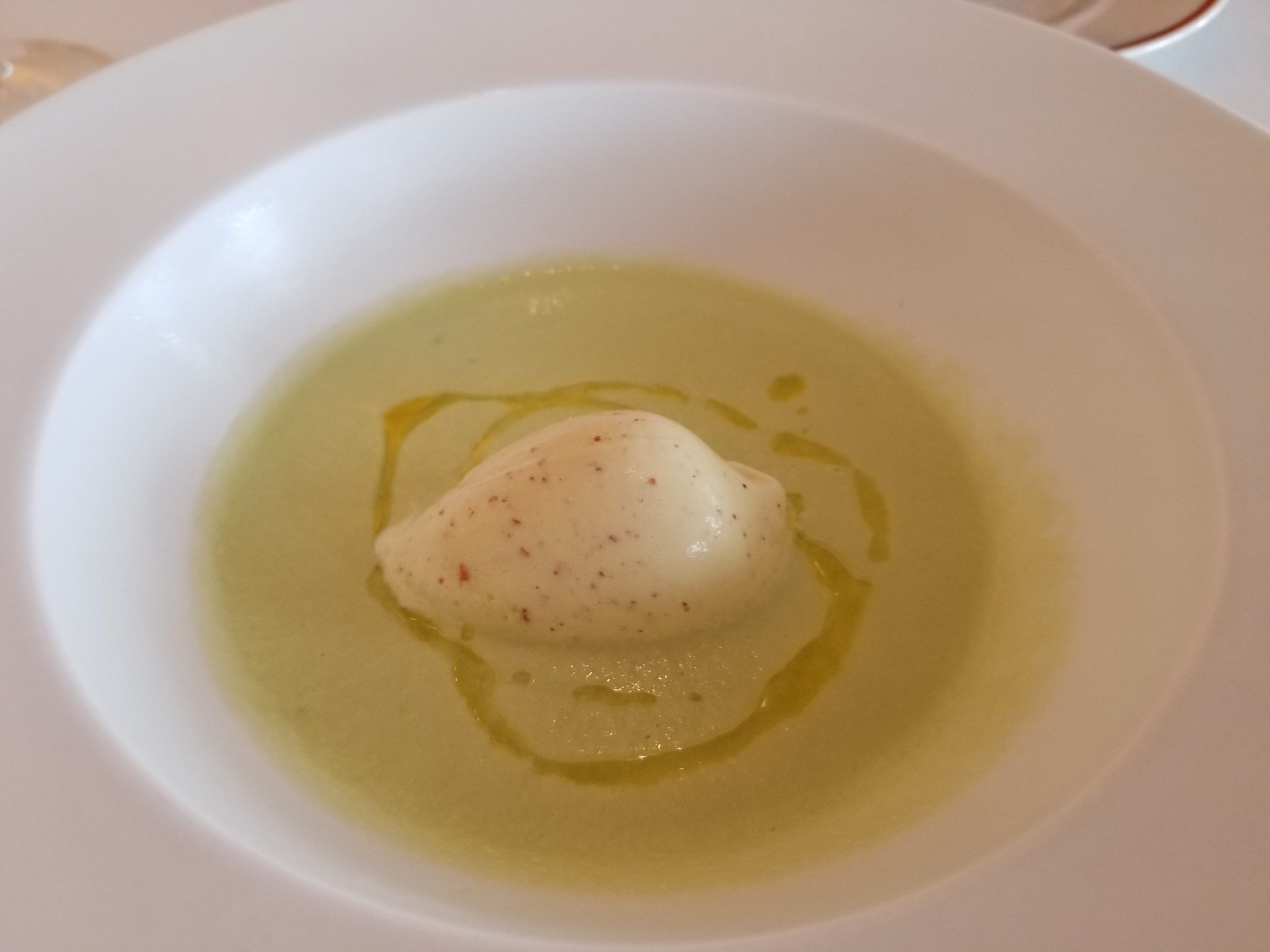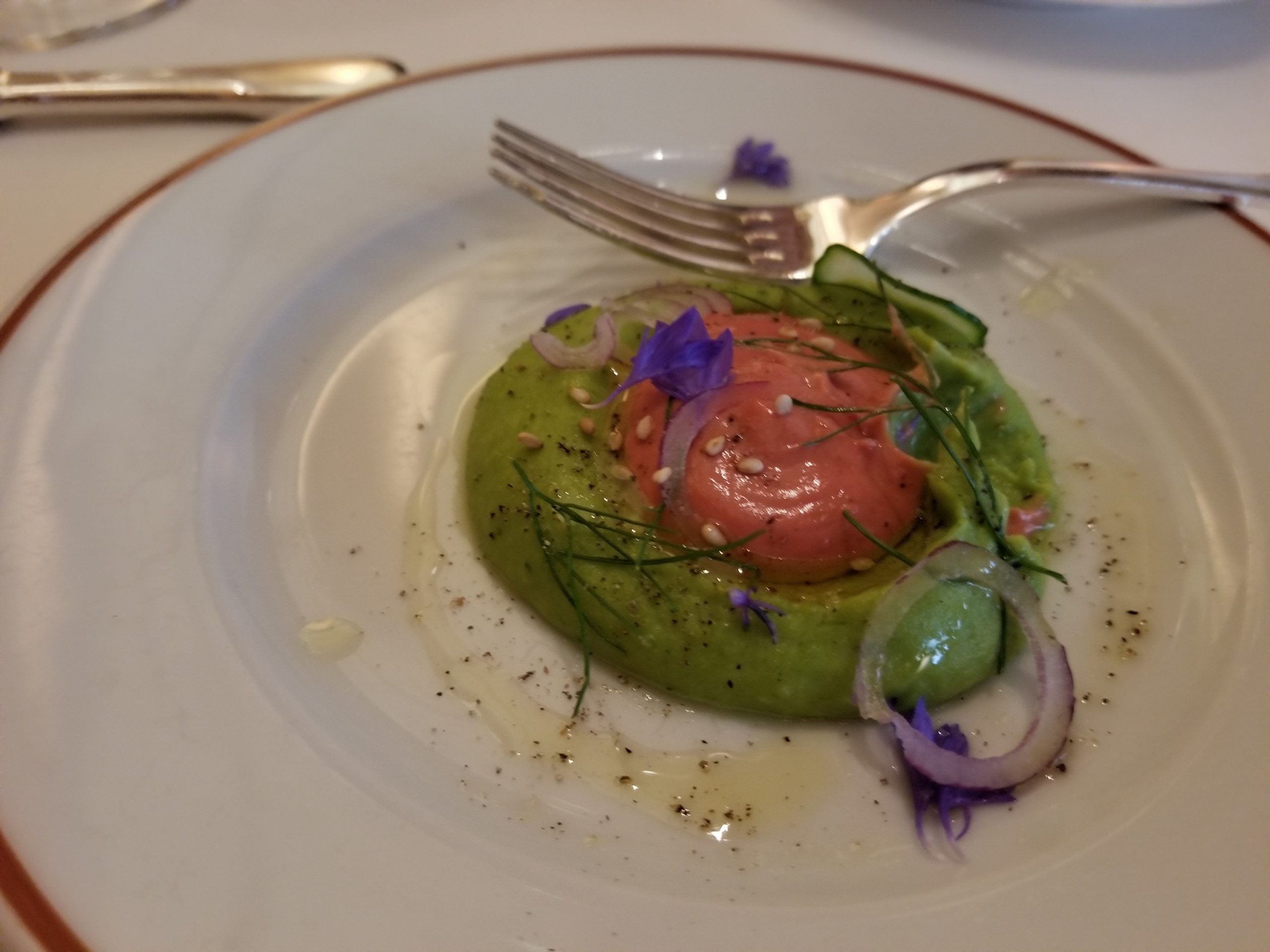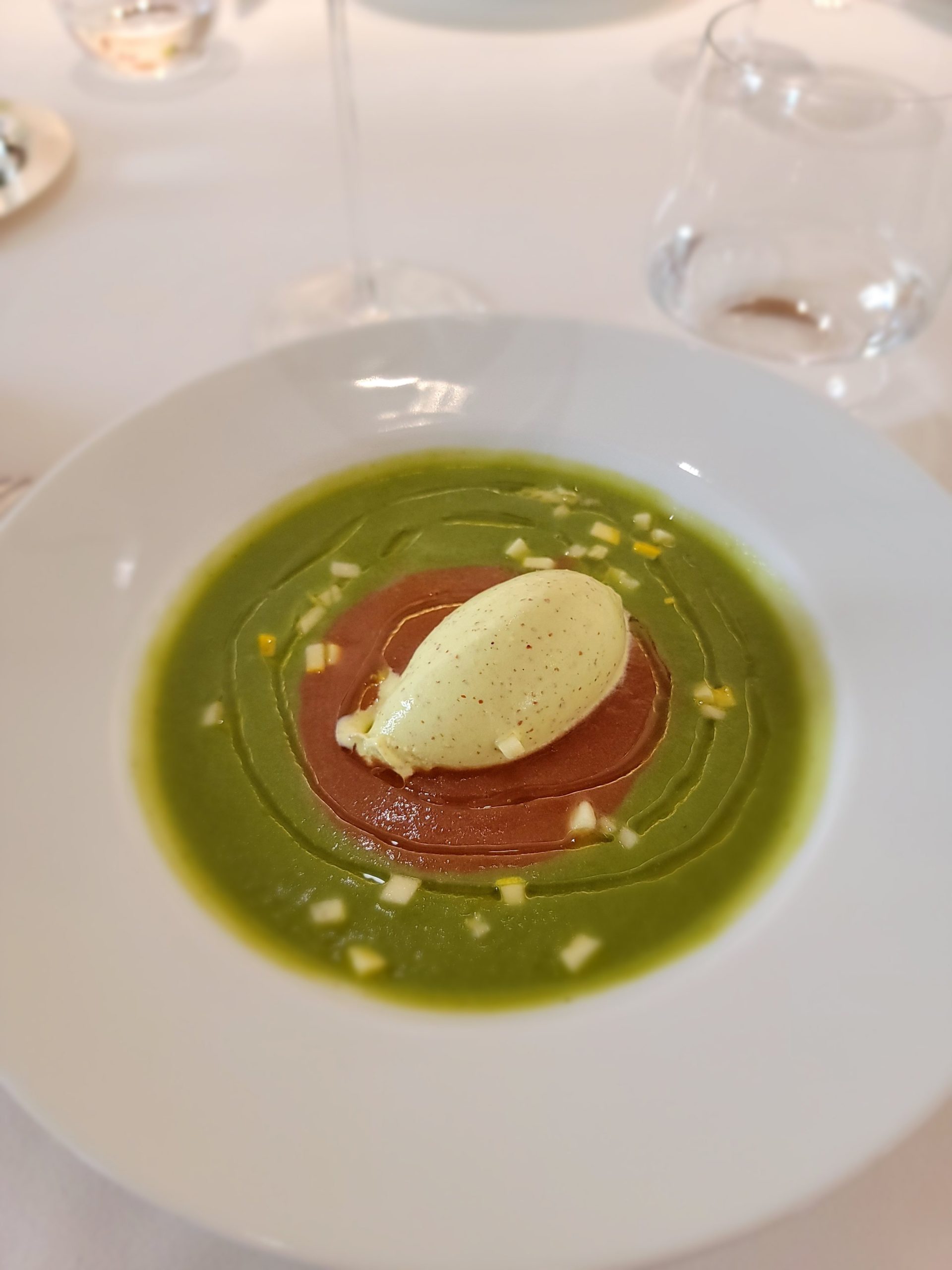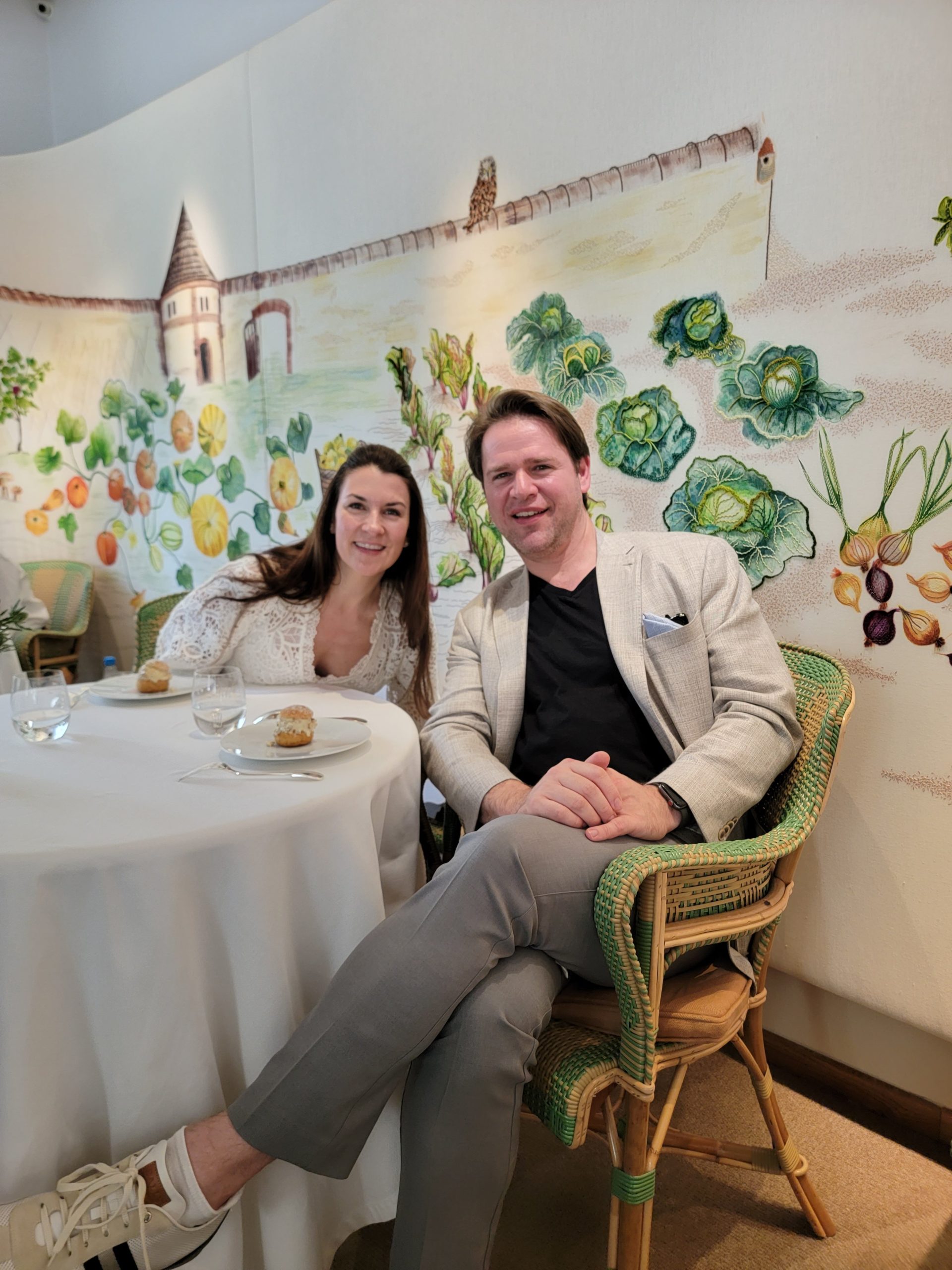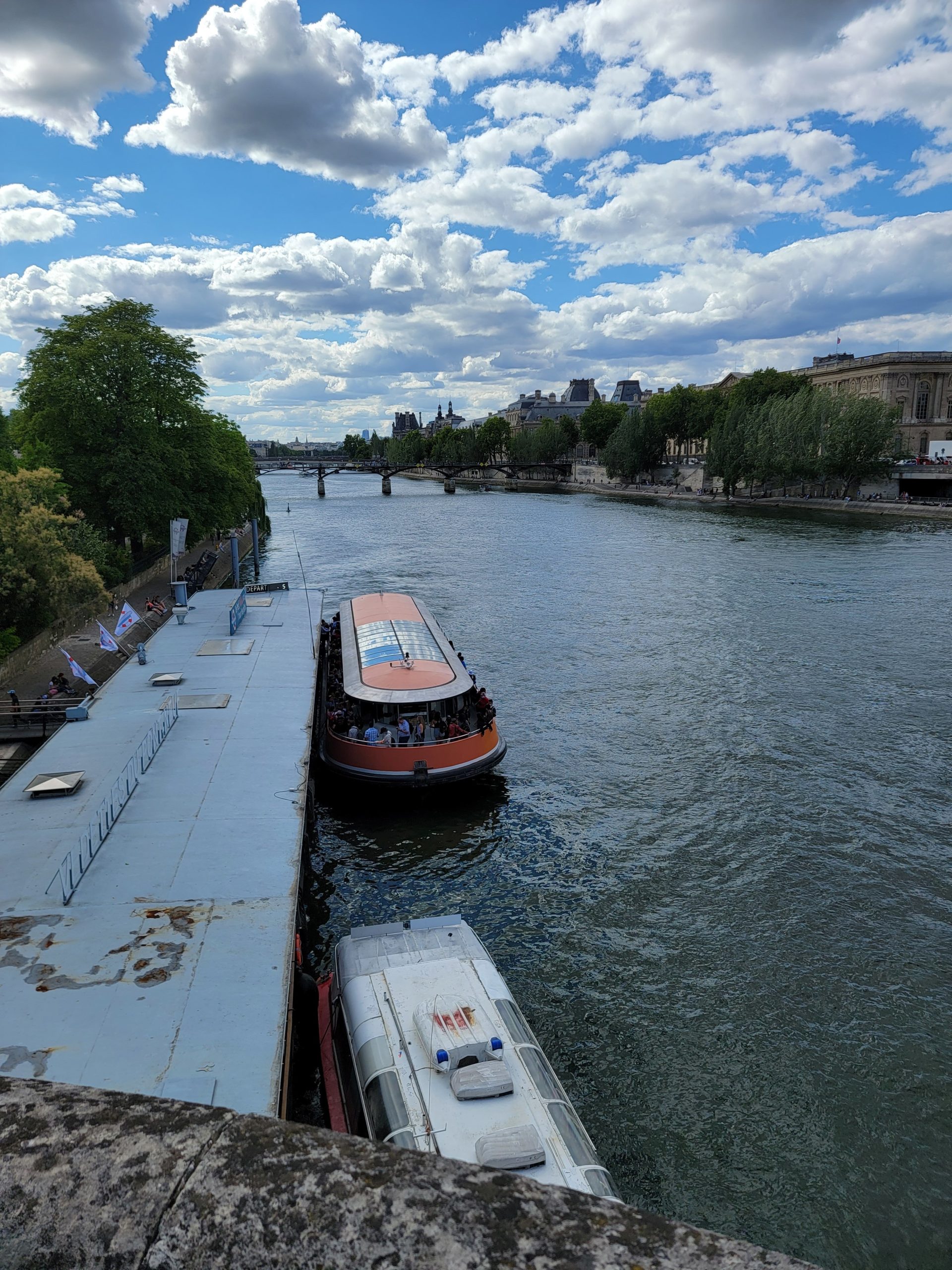Once we decided we were going to spend some time in Belgium before we attended the upcoming wedding in Reims, I noted that Dunkirk was somewhat along the way. If not for the movie “Dunkirk” by Christopher Nolan, I would have known nothing about the history of this location. It’s an added bonus that he actually filmed the movie on site, and most parts of the event are depicted accurately, according to our local guide. If you’ve not seen the movie, I highly suggest you do (as well as anything else Christopher Nolan creates).
We stayed two nights in the 4-star Hotel Merveilleux, which is located right on the beach. We had an ocean view, but if you decide to stay here I suggest you pick the 1st or 2nd floor versus the 3rd floor, as the windows overlooking the ocean on those floors are MUCH larger. The view of the North Sea is excellent regardless.
One interesting aspect of the beach is that the tide change is up to 18 feet, so low tide is WAY far out from the high tide mark. There is an great well-constructed path that runs the length of the beach, and will take you past numerous restaurants and ice cream shops. If you head west you end up at the Dunkirk Memorial.
Our guide advised us that the memorial was kept small on purpose by the French, as this episode in history is not viewed as favorably by the French as it is the British.
Here is the background. Early in the Second World War, in late May 1940, the Allied forces of British, French and Belgian troops were trapped by the invading German army on the coast of France and Belgium, in the area around Dunkirk. The desperate and near-miraculous rescue that followed – controlled from Dover Castle – saved the Allied cause in Europe from total collapse, and was the biggest evacuation in military history. Nearly 340,000 troops were rescued from being either killed or captured by the Germans.
Here is a view of the mole that was used in the rescue of the bulk of the British soldiers.
A view looking back towards the beach from the mole.
This is a historical image showing the troops lined up on the beach.
These historical markers are spread all throughout town. This one is near the mole pictured previously.
Here is a shot of our guide Onno showing us a filming location for “Dunkirk”. This street was filled with sandbags being defended by the French.
This is a shot from the scene.
This is another filming site with a gate that the main character jumps over to escape the Germans.
The scene below. They destroyed the original gate with fake machine gun explosives, so the owner got a new gate for his troubles. Not sure what happened to all of the greenery.
This street is shown in the opening scene of the movie.
From the movie.
There is a very cool museum in the city that covers all the details of Operation Dynamo, and it’s a “must do”!
Lot’s of interesting information and remnants from the time period. This one vehicle was just recently discovered buried in the sand with two tires intact.
This diorama depicted how downtown Dunkirk looked after the Nazi bombardment. Nearly all of downtown was destroyed.
If you are into WWII history do yourself a favor and visit this place. We thoroughly enjoyed it, particularly after watching the movie. The beach itself is pretty cool all on it’s own.
Next up is Brugge in Belgium, a spot we have wanted to visit ever since we watched “In Bruges” back in around 2009. Visiting cities where films were made…I sense a trend?
